02.10 BIO, HN U2P1 Introduction to Ecology (ALL)
1/99
There's no tags or description
Looks like no tags are added yet.
Name | Mastery | Learn | Test | Matching | Spaced |
|---|
No study sessions yet.
100 Terms
Ecology
The study of interactions among organisms and between organisms and their environment.
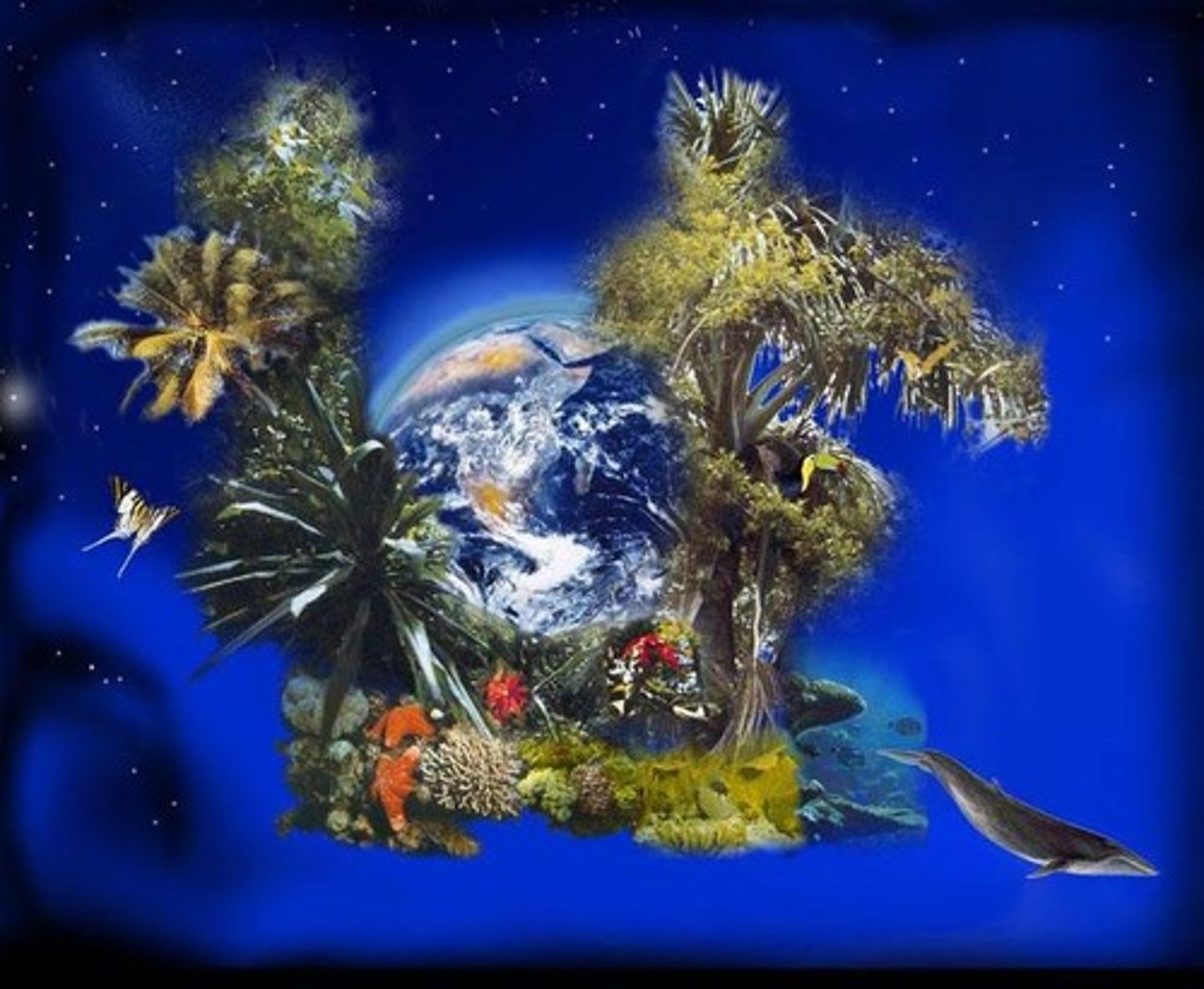
Biosphere
All life on Earth and all parts of the Earth in which life exists, including land, water, and the atmosphere.
Species
All the members of different kinds of plants, animals, and microbes in the community that can interbreed to produce fertile offspring.
Community
A group of different populations that live together in a defined area.
Ecosystem
Collection of all the organisms that live in a particular place, along with their non-living, or physical, environment.
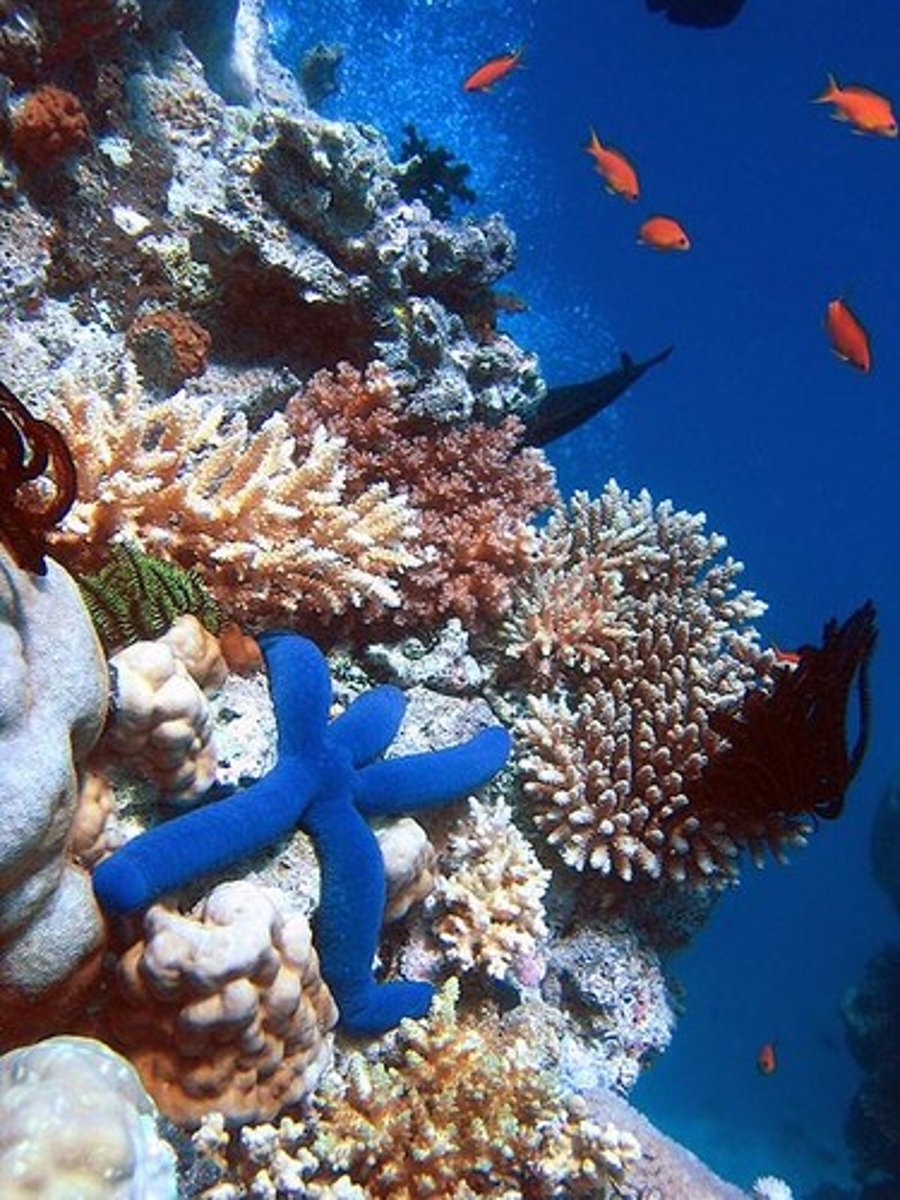
Population
Groups of individuals that belong to the same species and live in the same area.
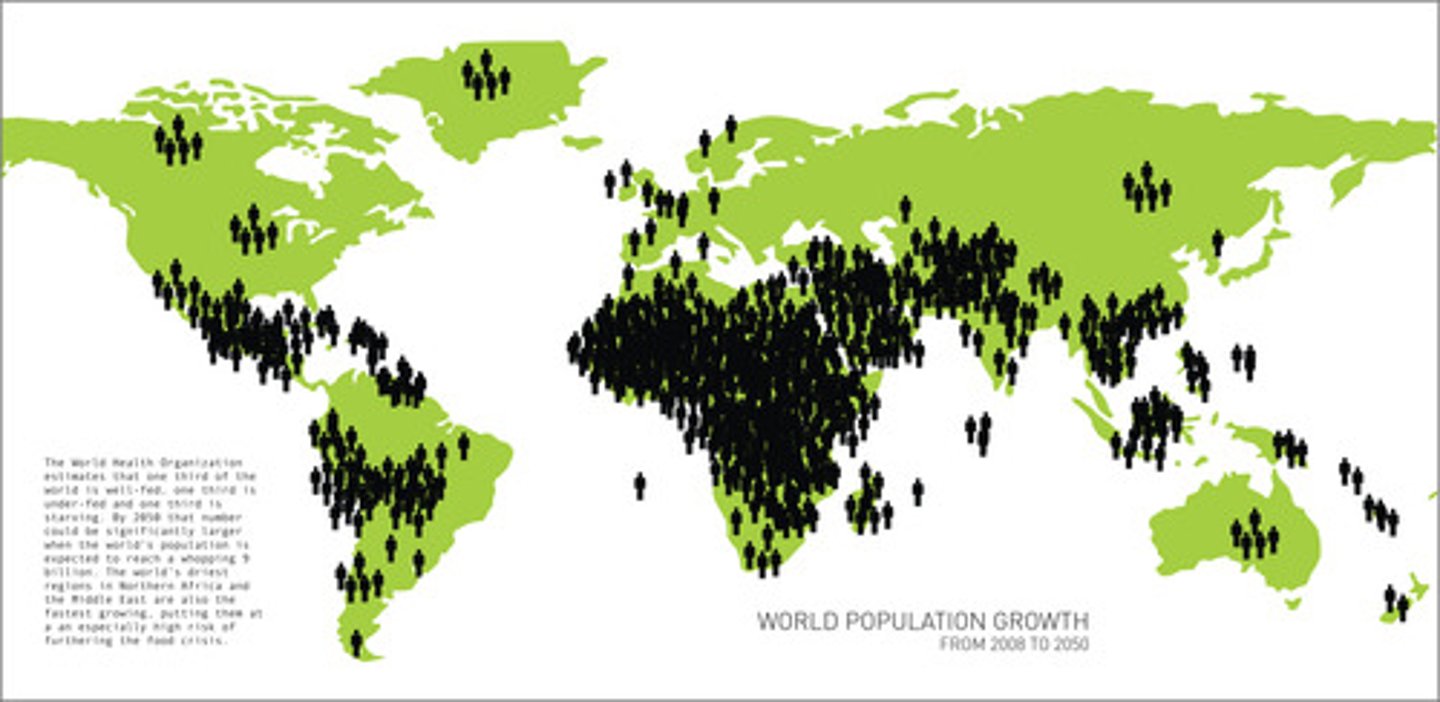
Biomes
A collection of similar ecosystems in the same climate (temperature & precipitation). Examples include the tundra, coniferous forest, grasslands, temperate deciduous forest, desert, savanna, and rainforest.
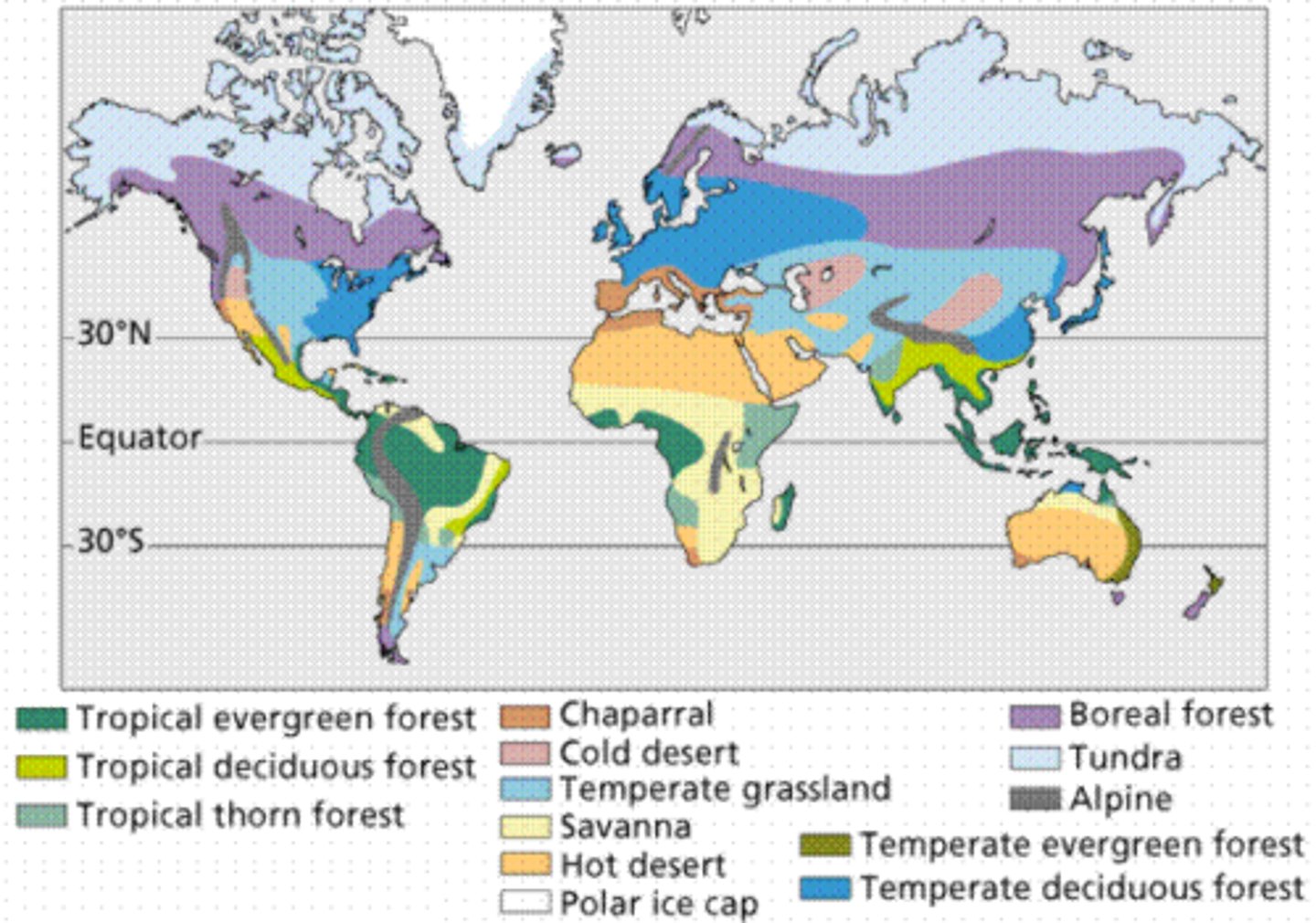
Abiotic (physical) factors
Any nonliving part of the environment, such as sunlight, temperature, precipitation, humidity, wind or water currents, soil type, minerals, pH, etc.

Biotic factors
Any living part of the environment with which an organism might interact, including animals, plants, fungi and bacteria.
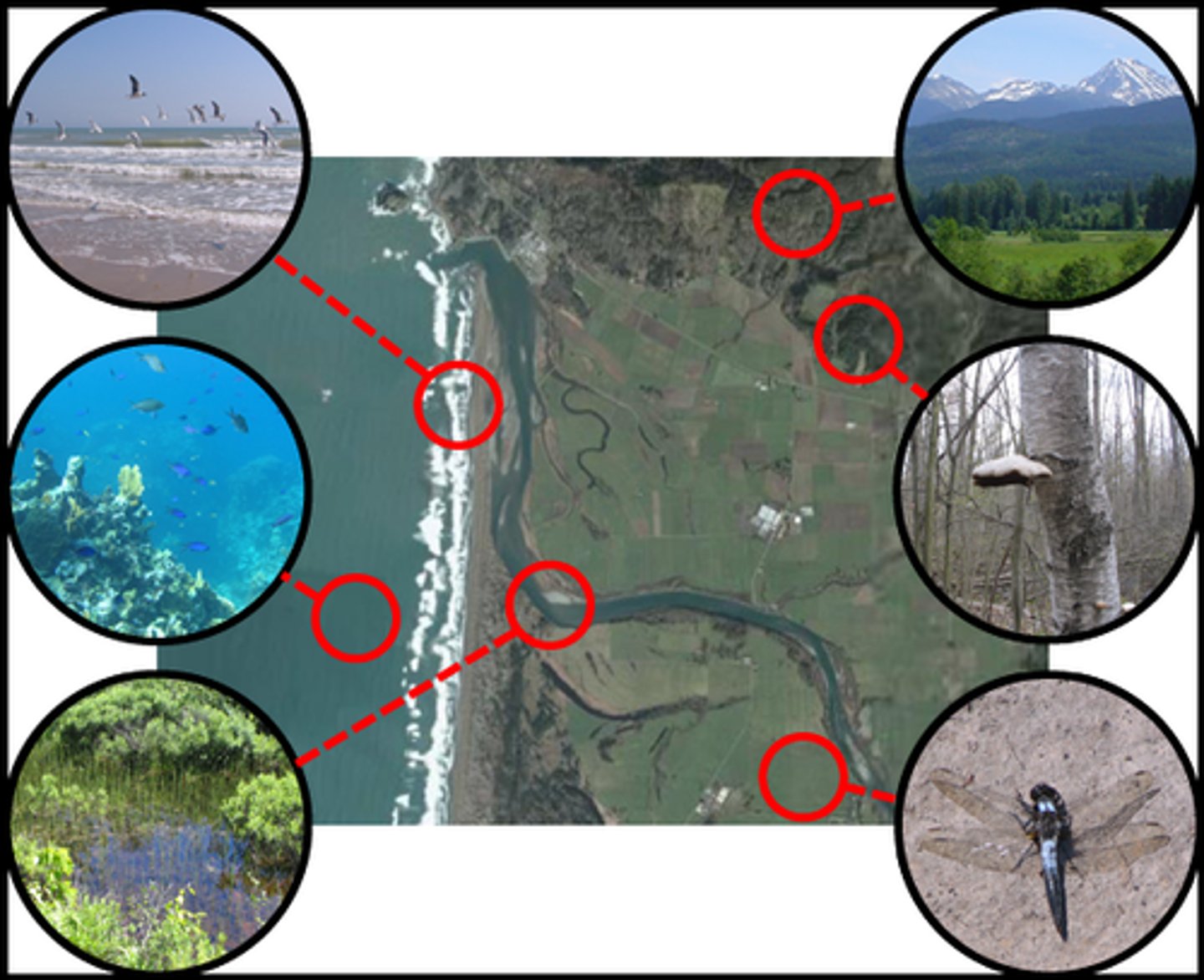
Goals of Environmental Science
Understand how the natural world works
Understand how human and natural systems interact
Accurately assess the status and trends of crucial natural ecosystems
Establish long-term sustainable relationships with the natural world
Autotrophs
Organisms that are able to make their own food "primary producer"
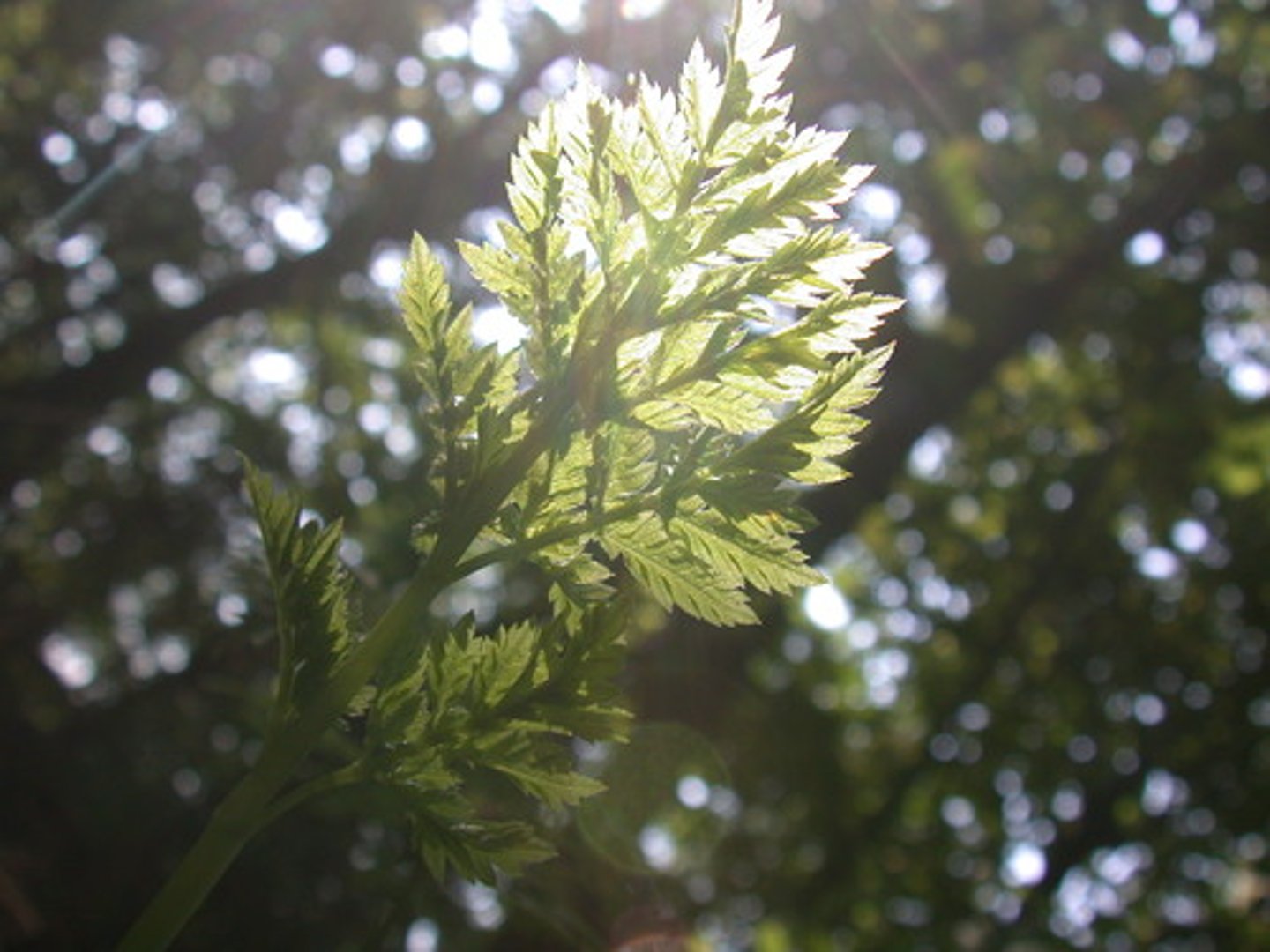
Producer
An organism that makes its own food.

Photosynthesis
The process in which solar energy is used by autotrophs to produce carbohydrates from carbon dioxide and water.
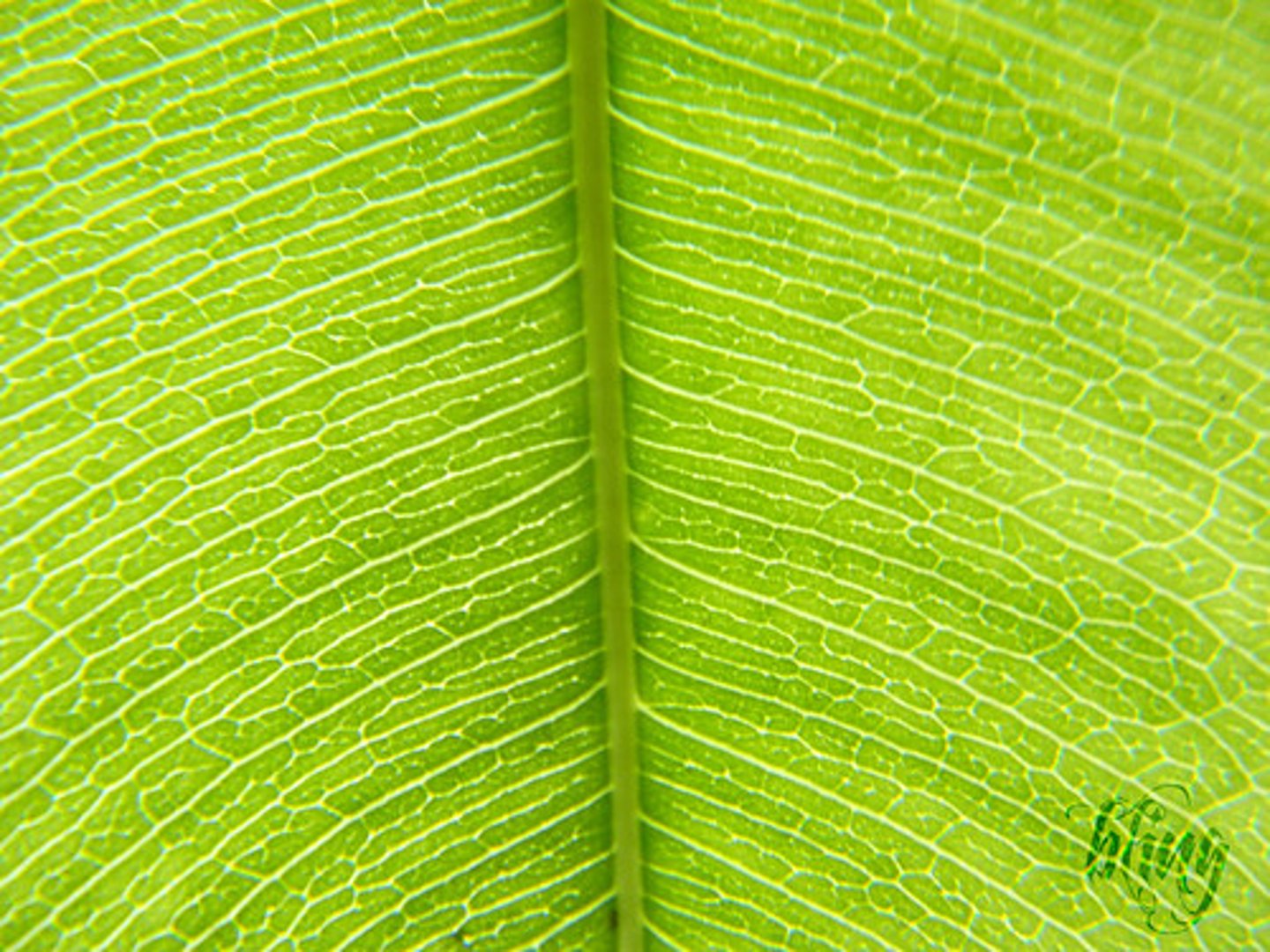
Chemosynthesis
In which chemical energy is used to produce carbohydrates
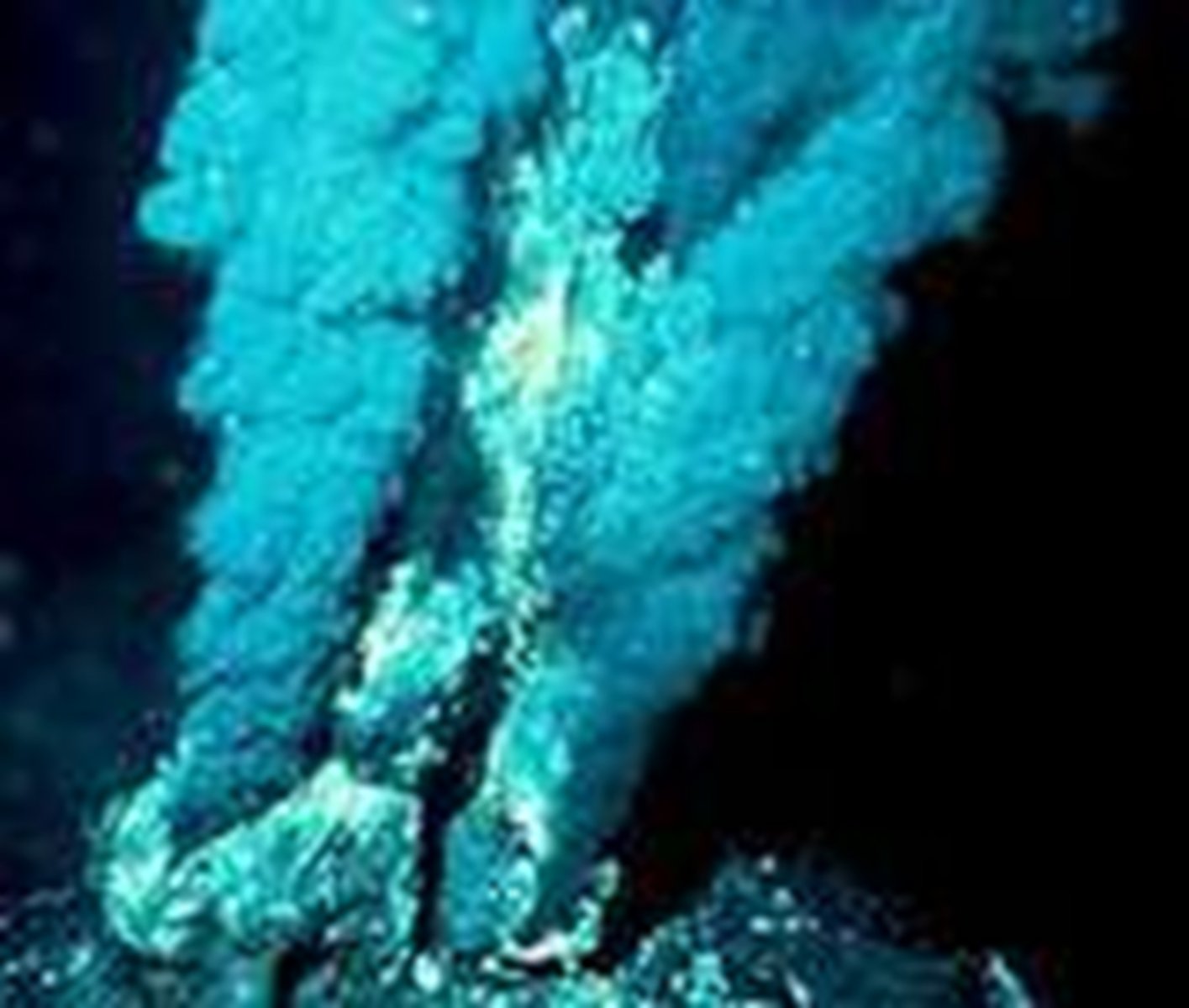
Heterotrophs
Another name for consumers. Means "other feeder". Organisms that rely on other organisms for energy and nutrients.
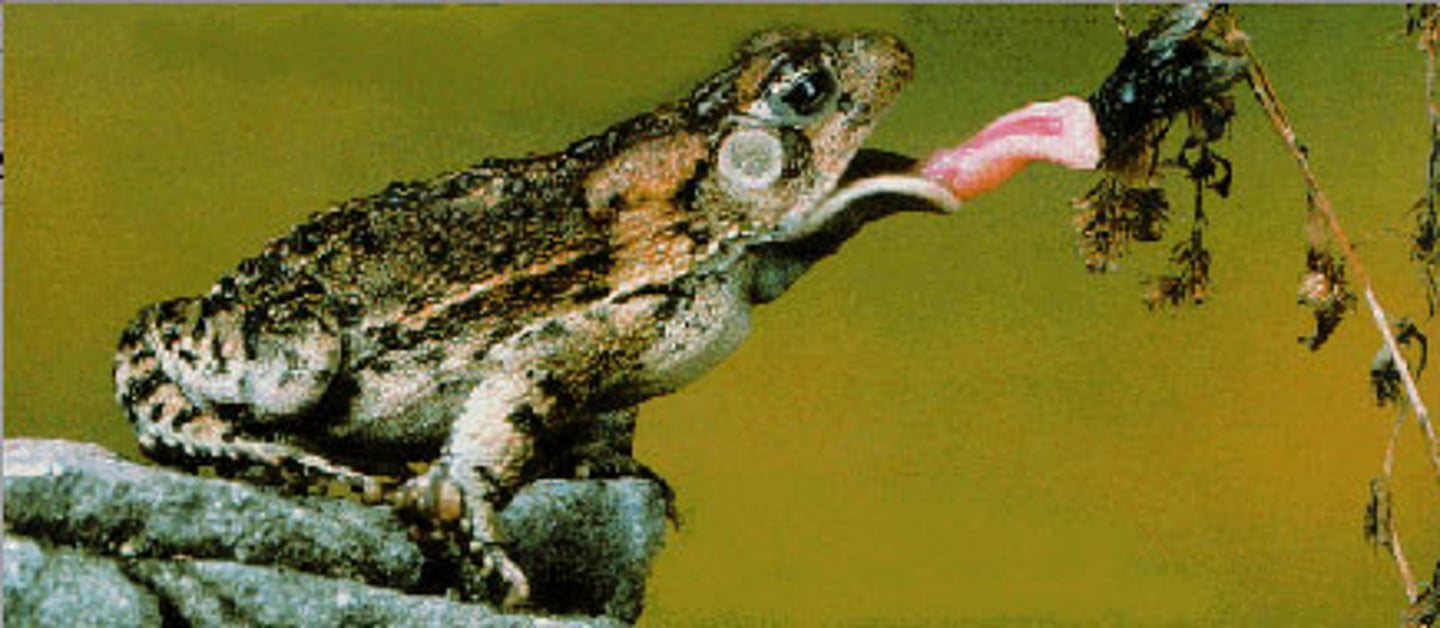
Consumers
Organisms that rely on other organisms for energy and nutrients. Classified by the ways in which they acquire energy and nutrients.
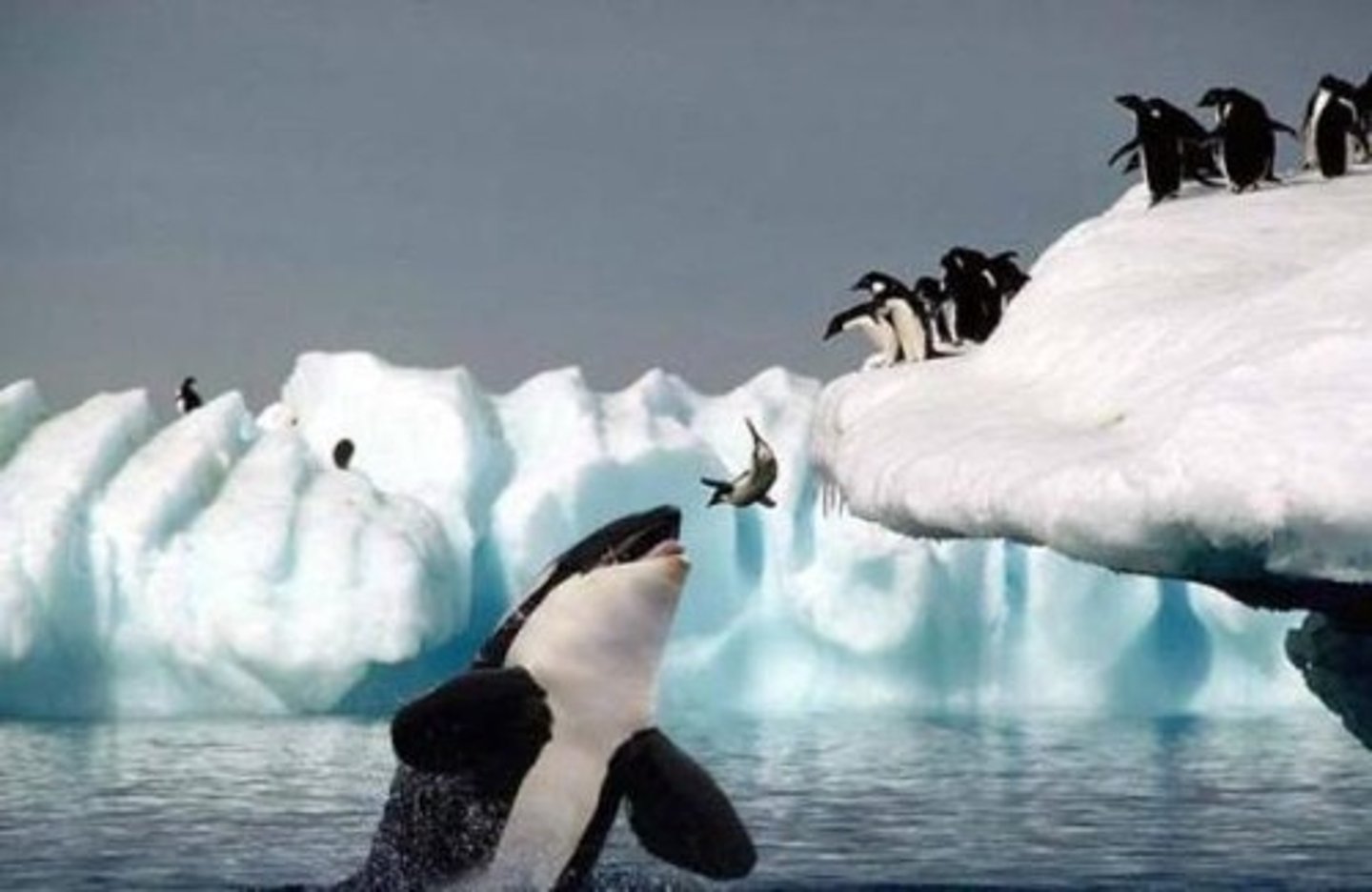
Herbivore
Consumers that obtain energy by only eating producers like plants, algae and bacteria. Some examples include cows, caterpillars, deer, and zooplankton.
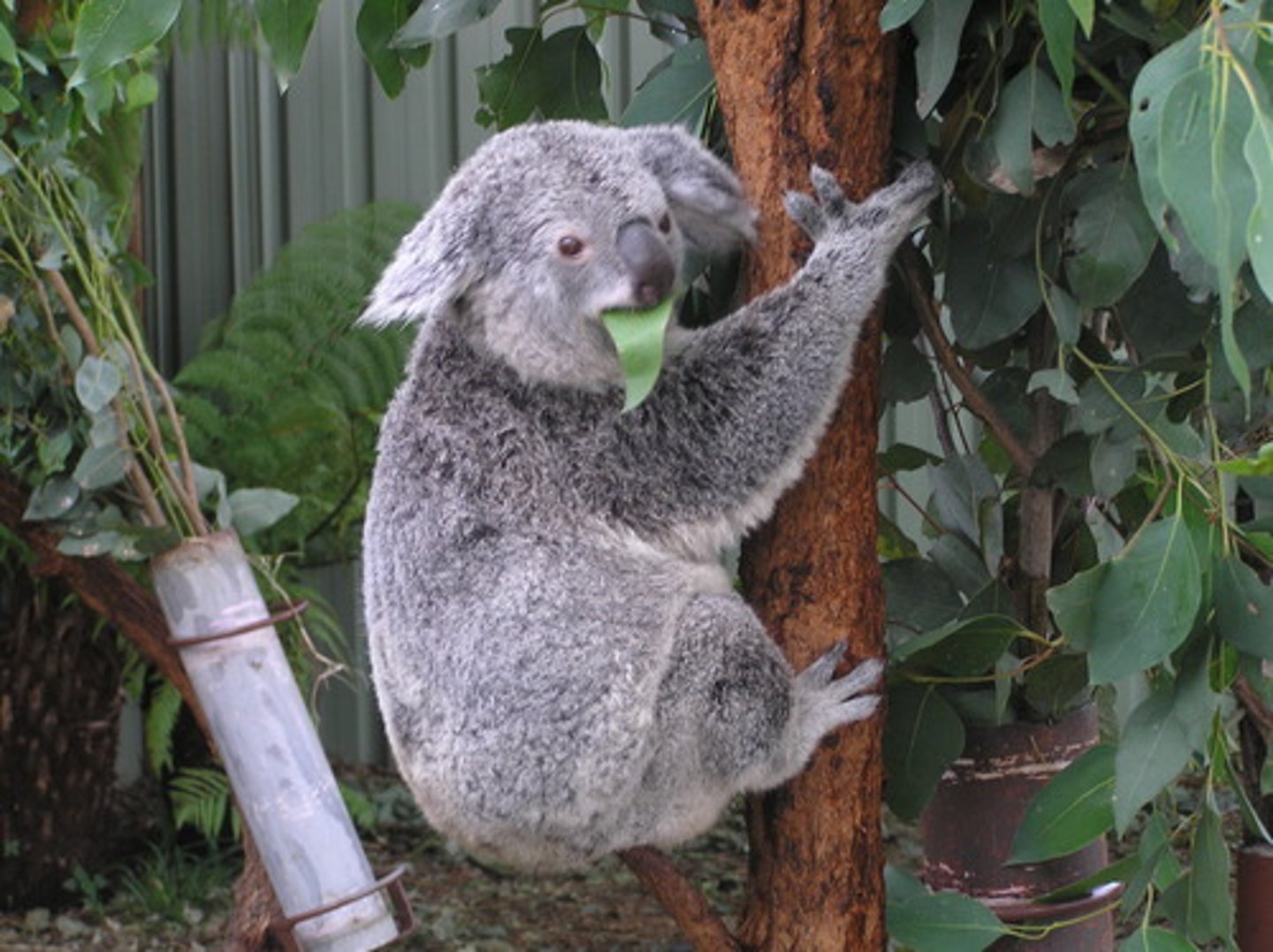
Carnivore
Consumers that obtain energy by eating animals. Some examples include snakes, dogs, owls, and humans.
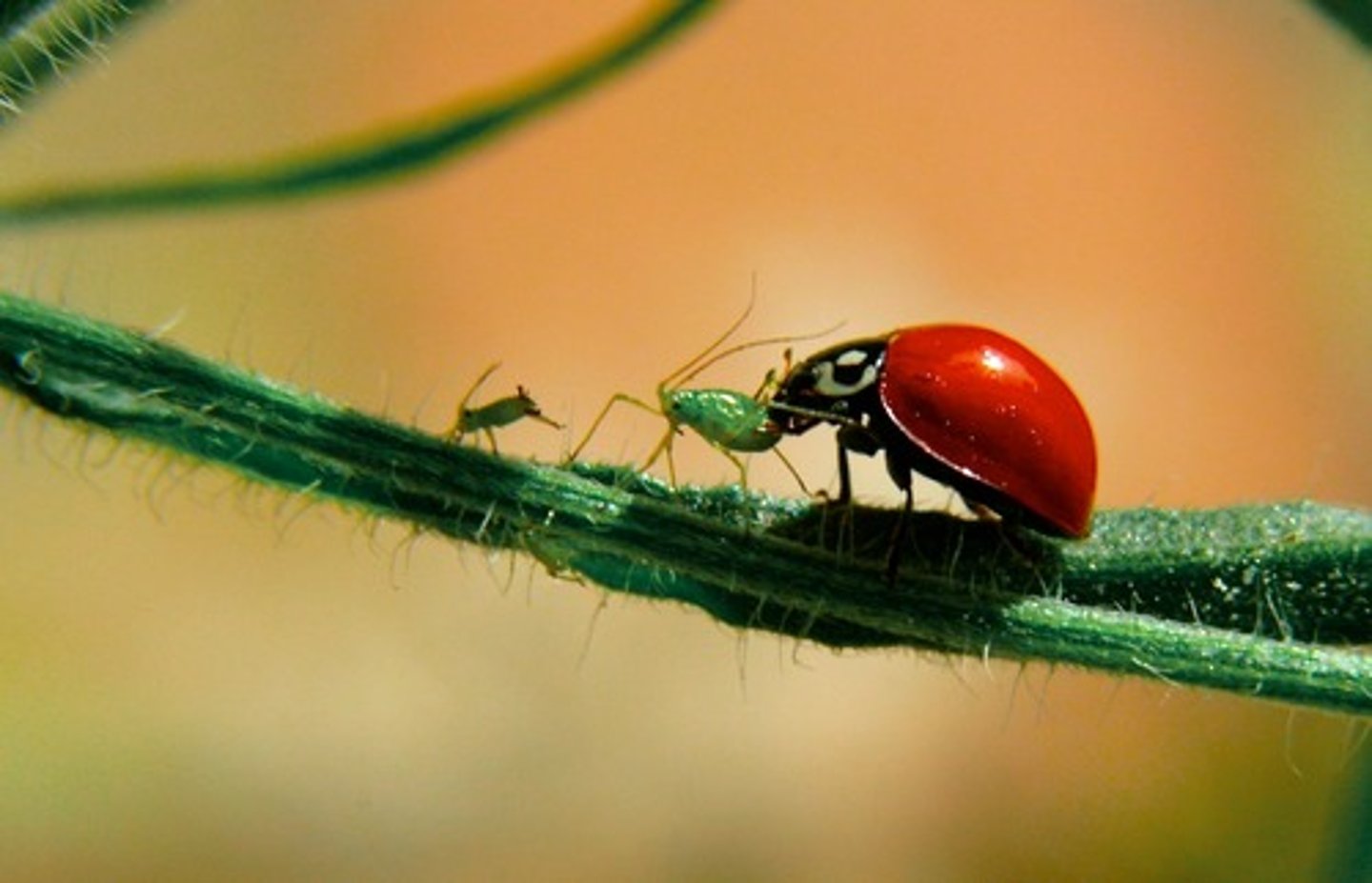
Omnivores
Consumers that obtain energy by eating both plants and animals. Some examples include humans, bears, and catfish.
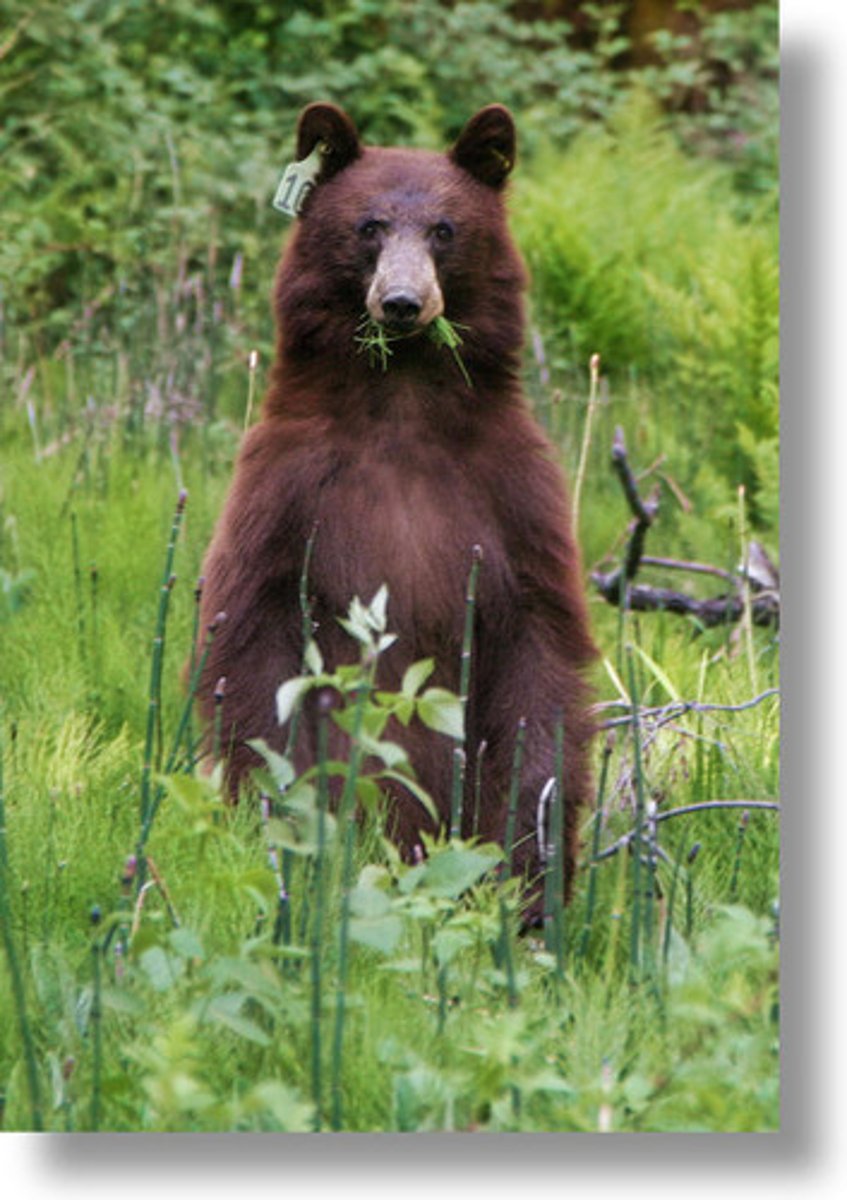
Detritivores
Consumers that feed on bits of plant and animal remains and other dead organic matter called detritus. Examples include mites, earthworms, snails, crabs, and insects.
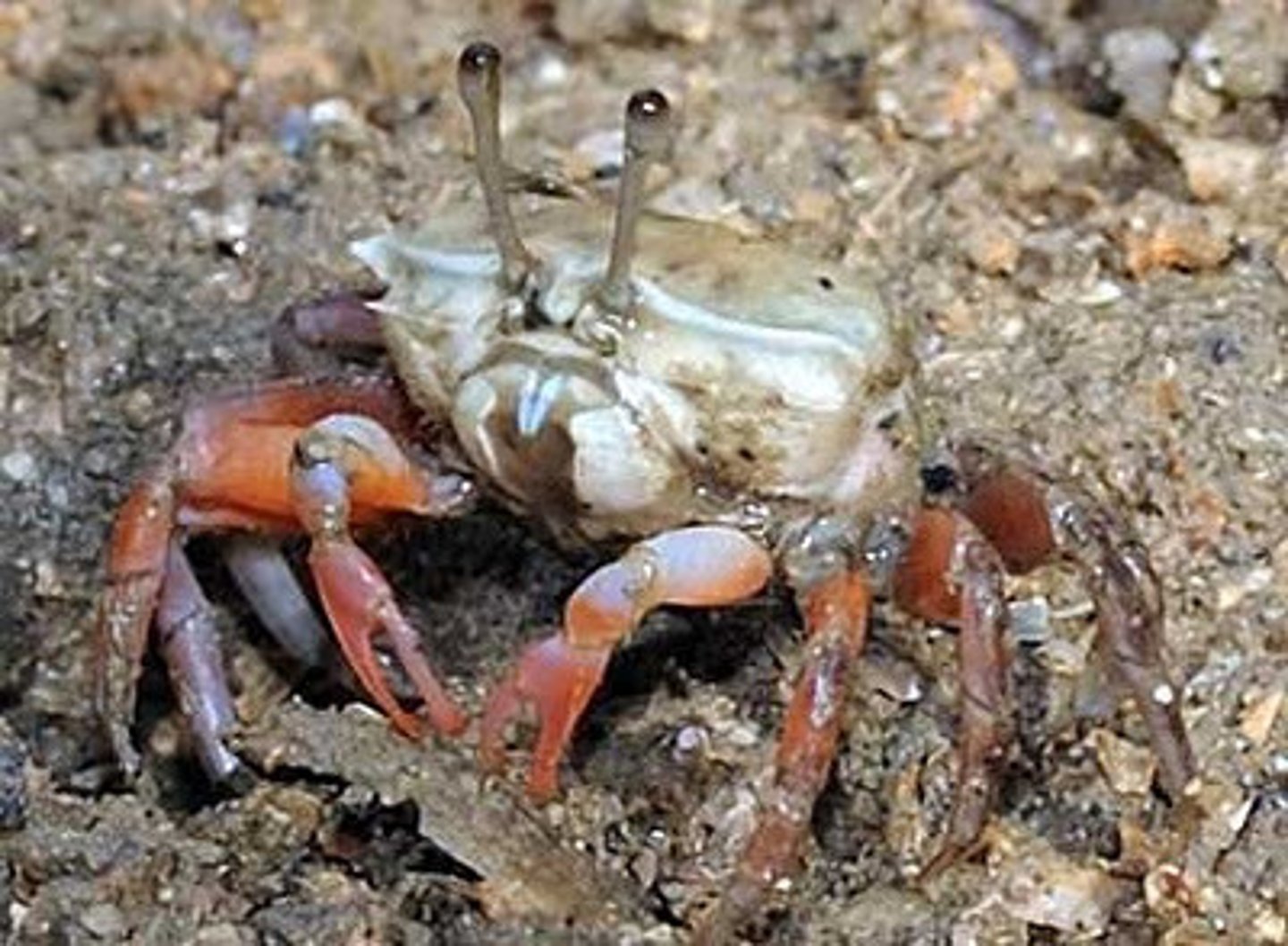
Decomposers
Consumers that chemically break down dead or decaying matter. Examples include fungi, bacteria, and insects.
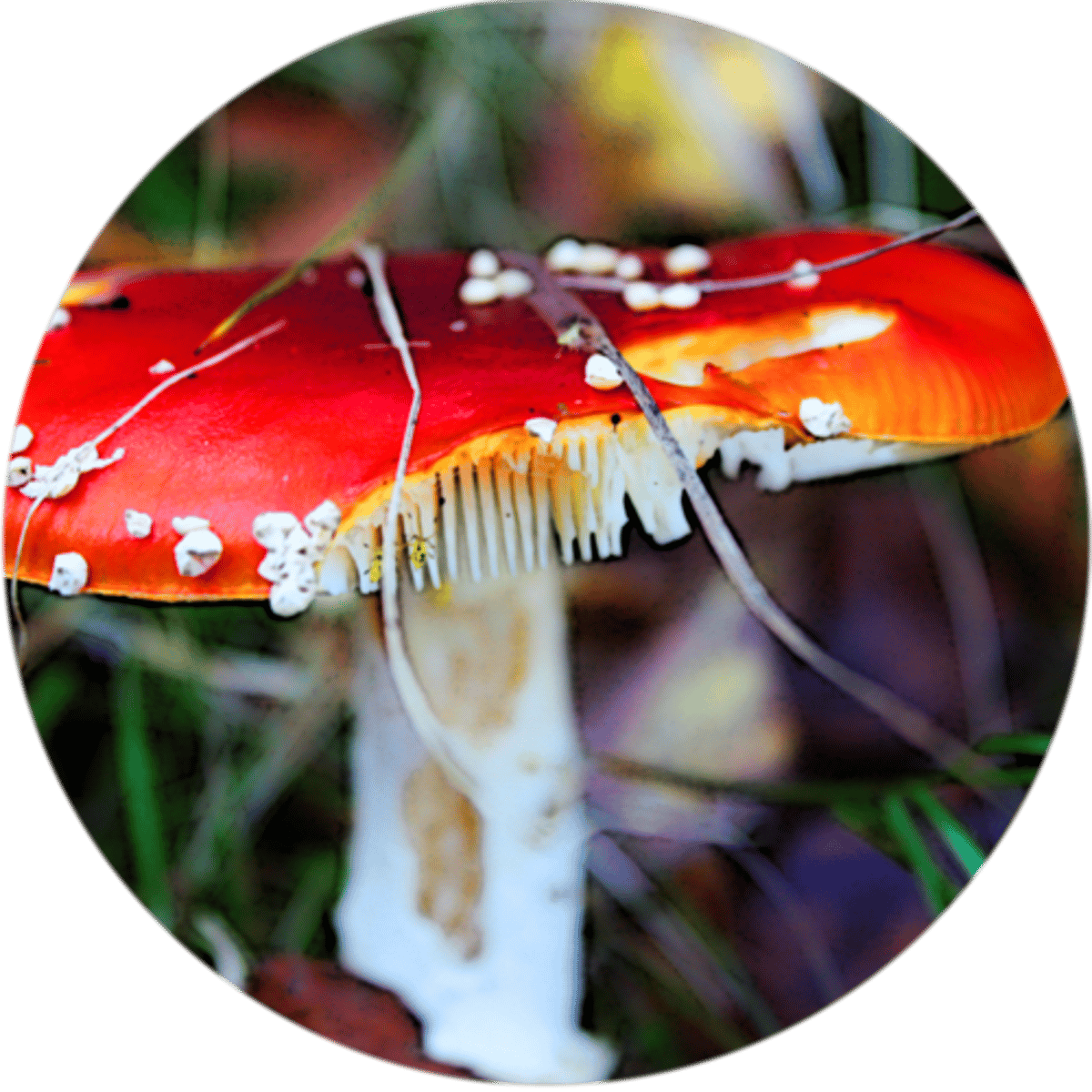
Food chain
A series of steps in which organisms transfer energy by eating and being eaten.
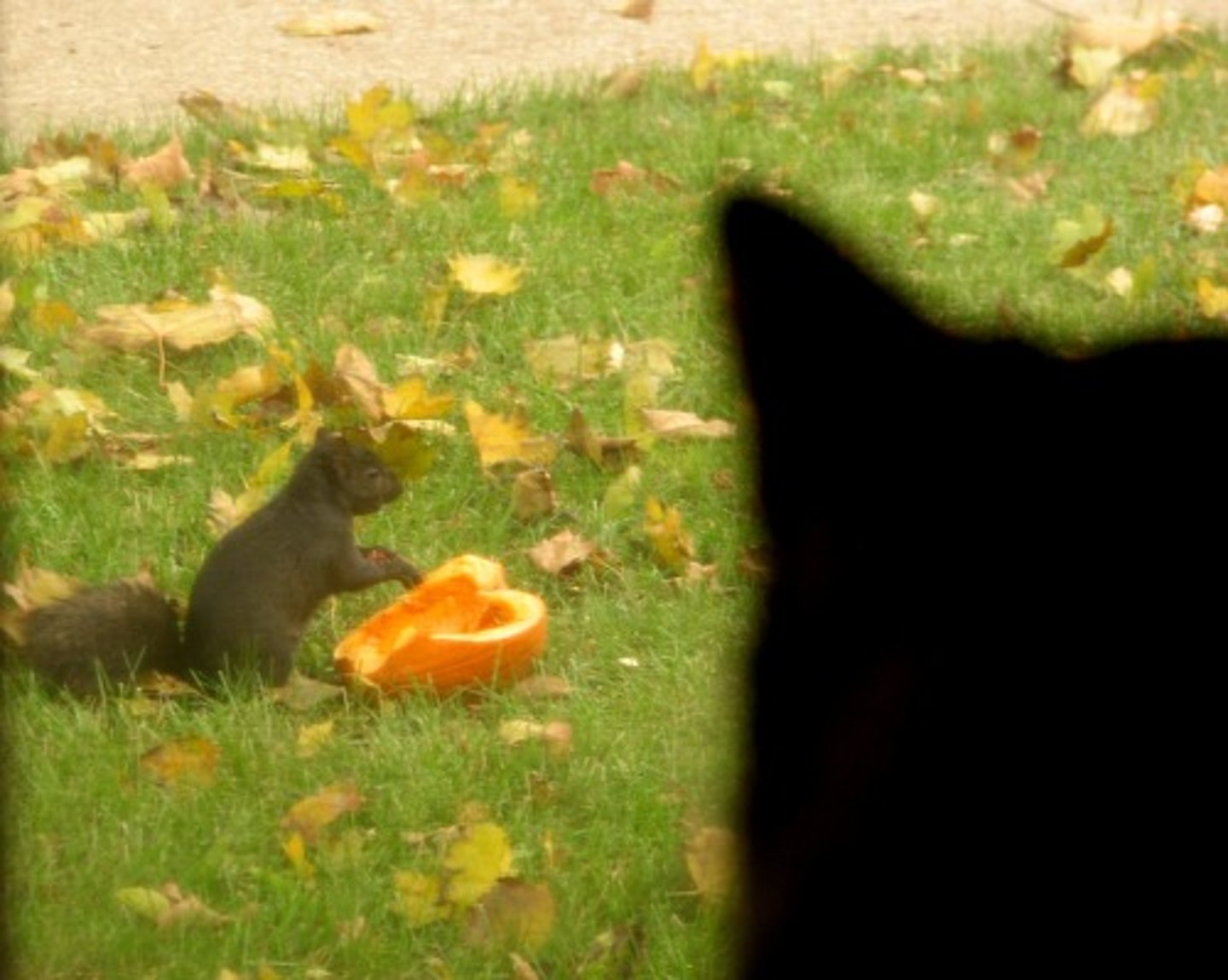
Food web
A diagram that shows all the feeding relationships in a community with arrows which show the direction of the energy flow.
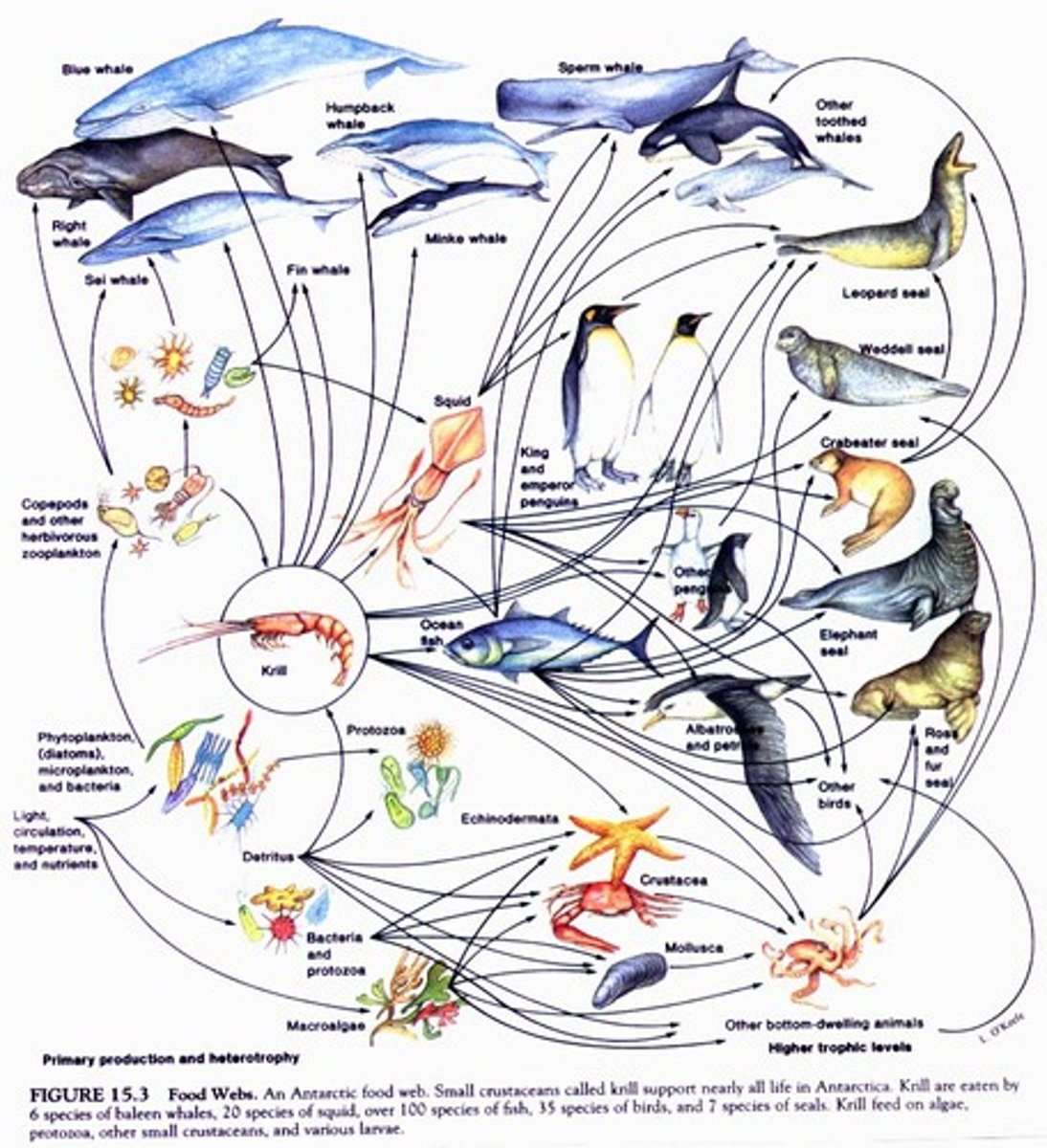
Trophic level
A position in a food chain or Ecological Pyramid occupied by a group of organisms with similar feeding mode.
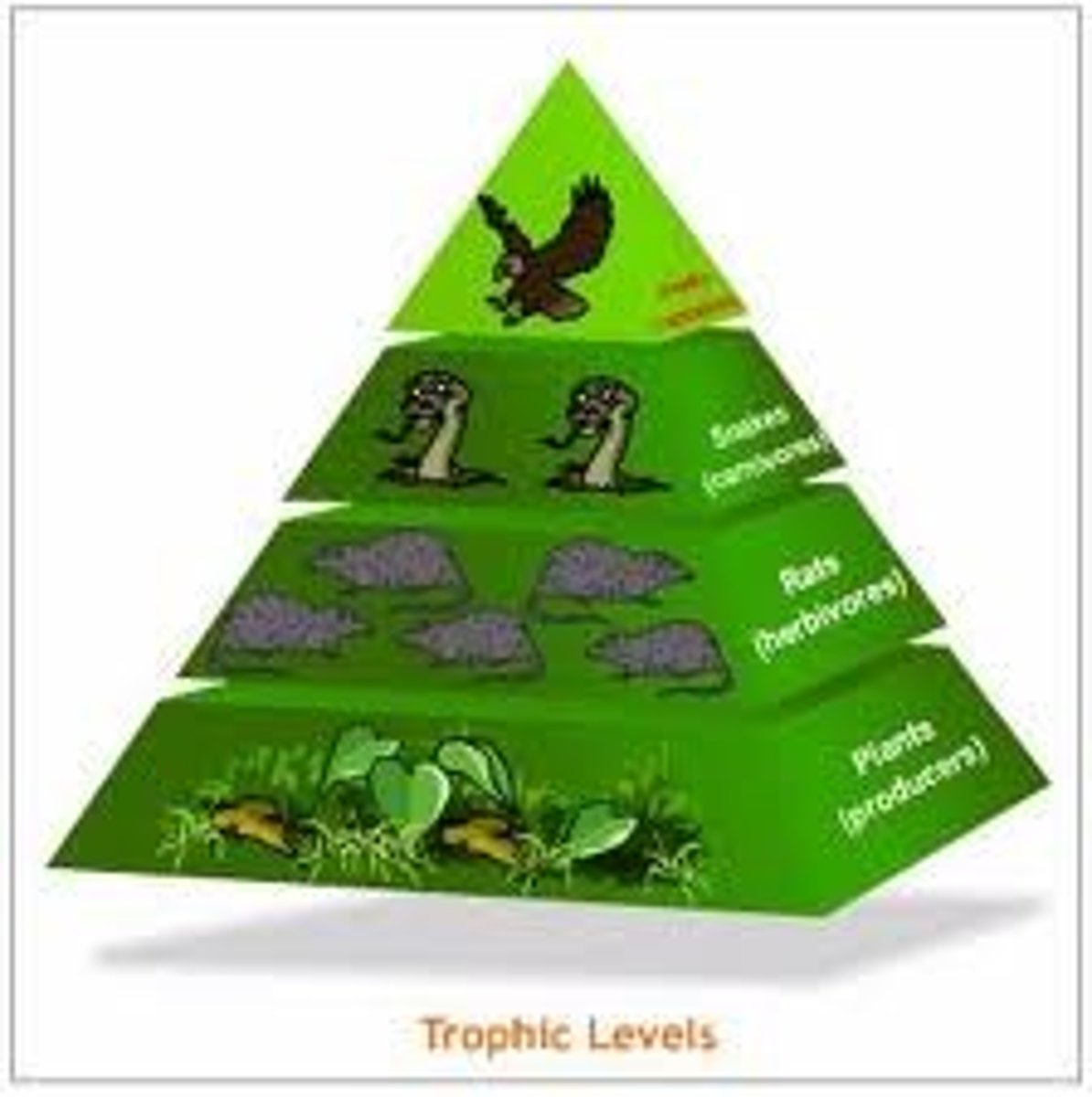
Ecological pyramid
A diagram that shows the relative amount of energy or matter contained within each trophic level in a given food chain or food web.
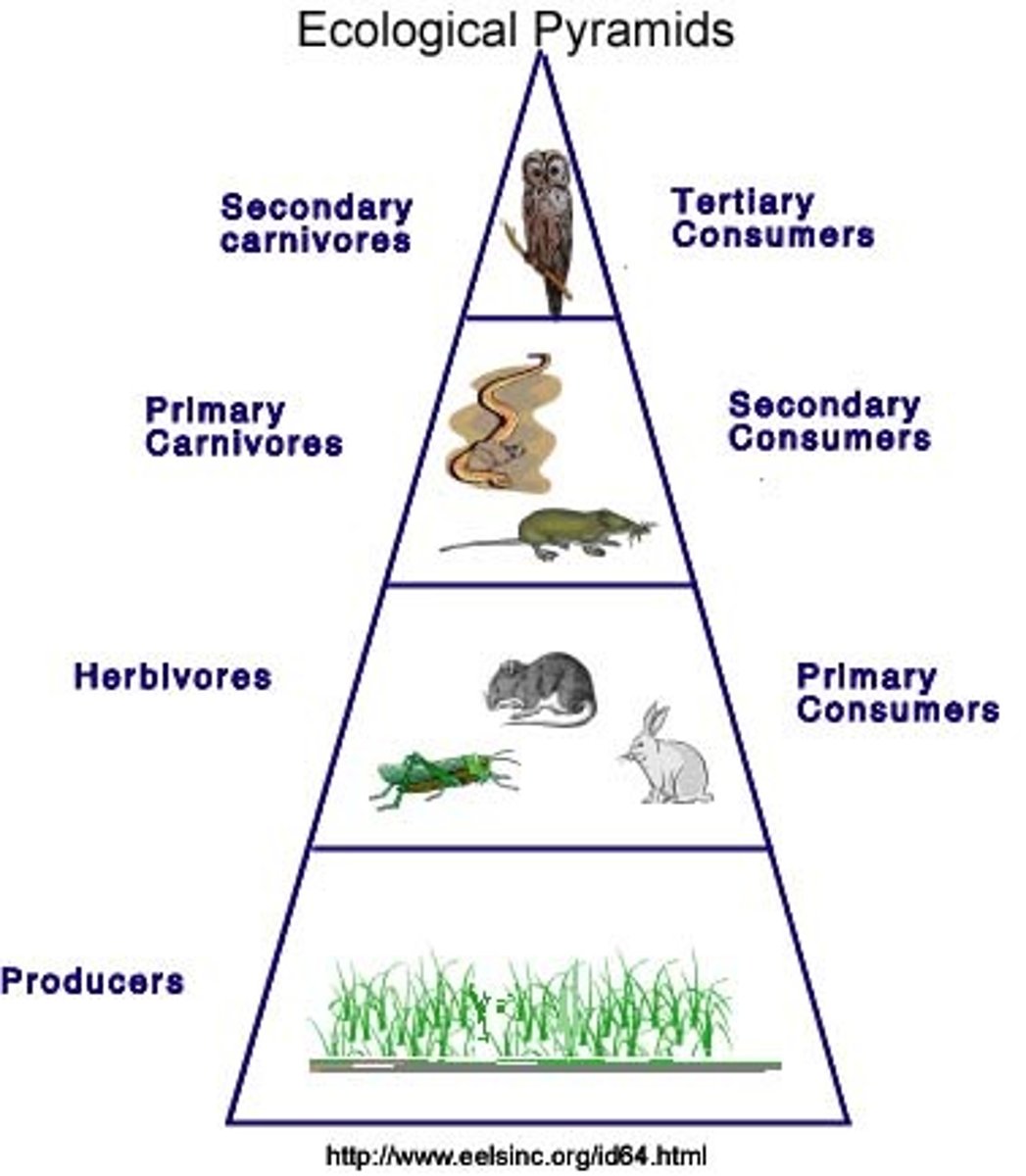
Biomass
The total amount of living tissue within a given trophic level.
Pyramid of Numbers
A diagram that shows the relative number of individual organisms at each trophic level in an ecosystem.
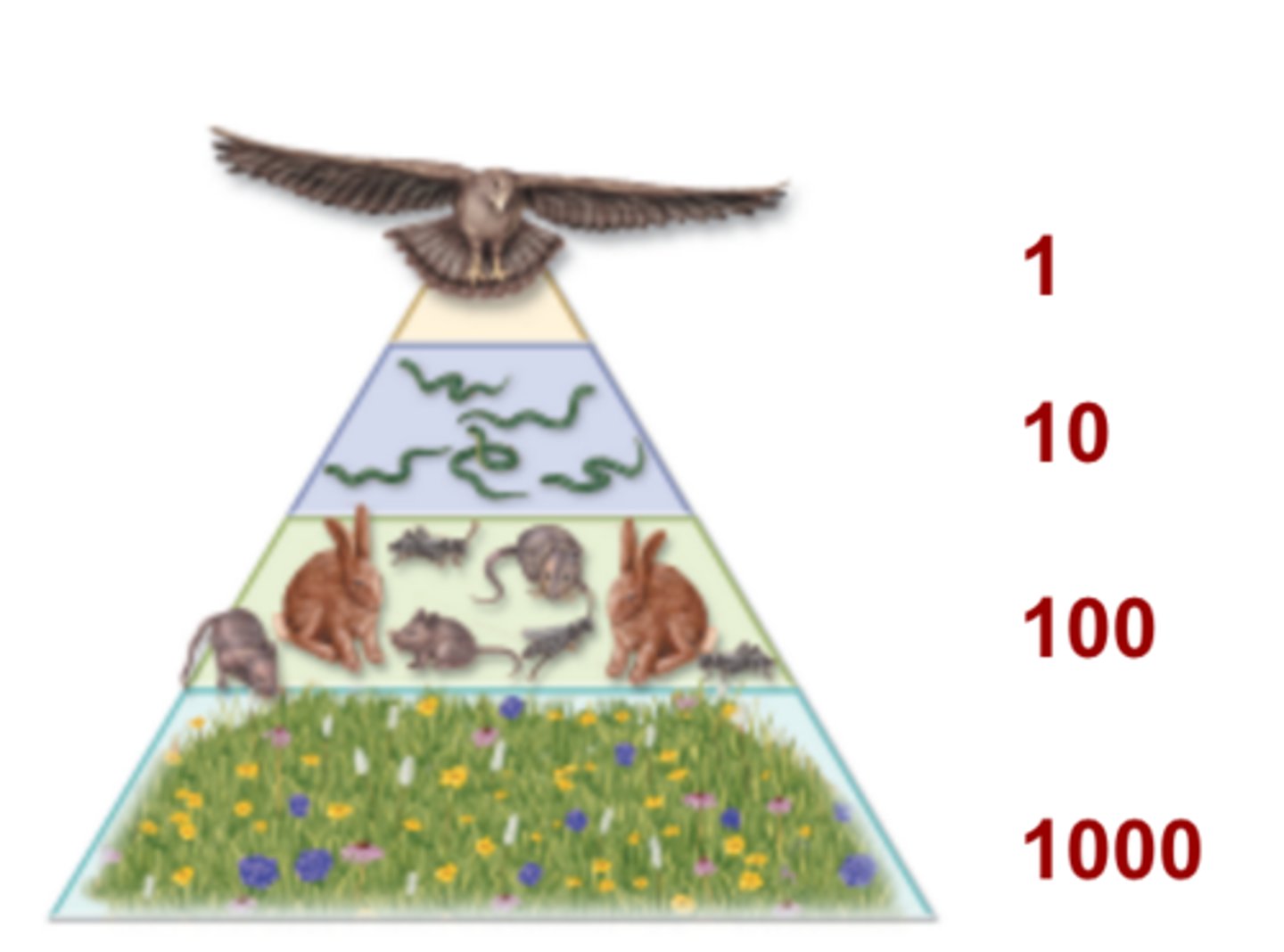
Energy Pyramid
A diagram that shows the relative amount of energy available at each trophic level.

Chemotroph
Autotrophic organisms that harness chemical energy from inorganic molecules such as hydrogen sulfide. For example, archaebacteria that live in sulfur vents.
Energy Flow in an Ecosystem
Flows through an ecosystem in a one-way stream, from primary producers to various consumers.
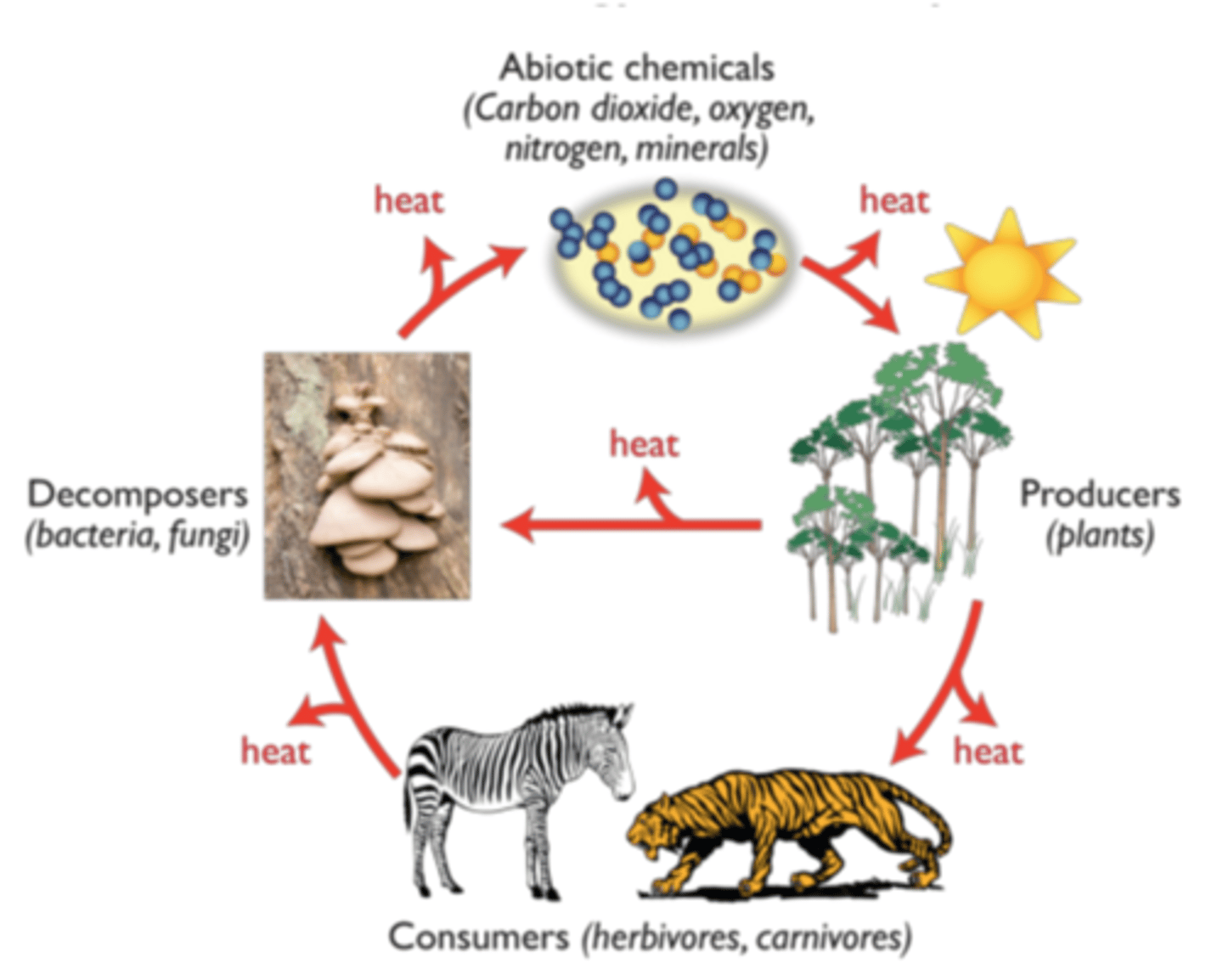
Primary Producers
First producers of energy-rich compounds that are later used by other organisms. Examples include bacteria, algae and plants. Also referred to as autotrophs.
Phototrophs
Autotrophs that use solar energy to produce carbohydrates from carbon dioxide and water can more specifically be referred to as _____________ and include plants, algae and some bacteria.
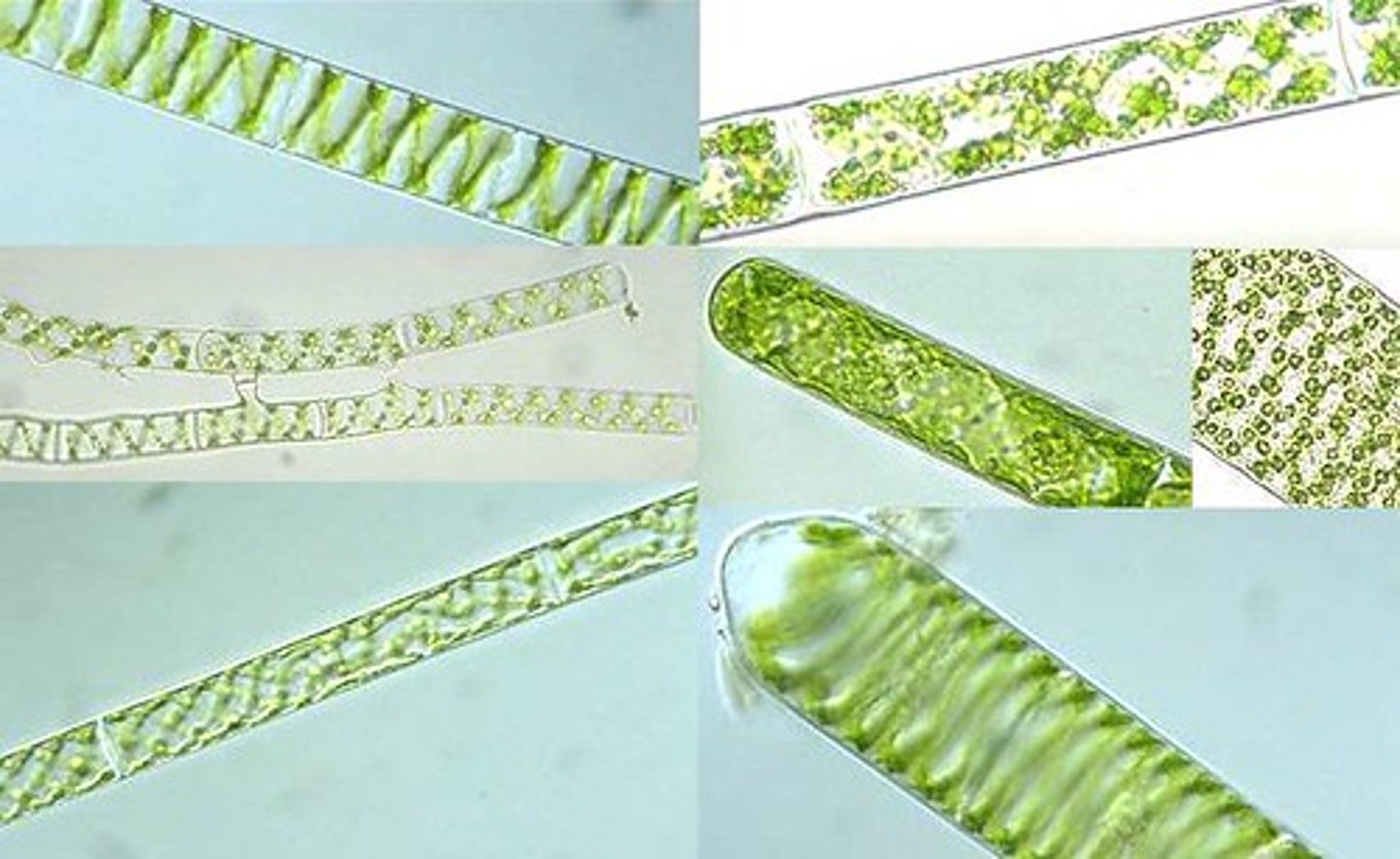
Algae
Phototrophs found in freshwater ecosystems and the sunlit upper ocean.
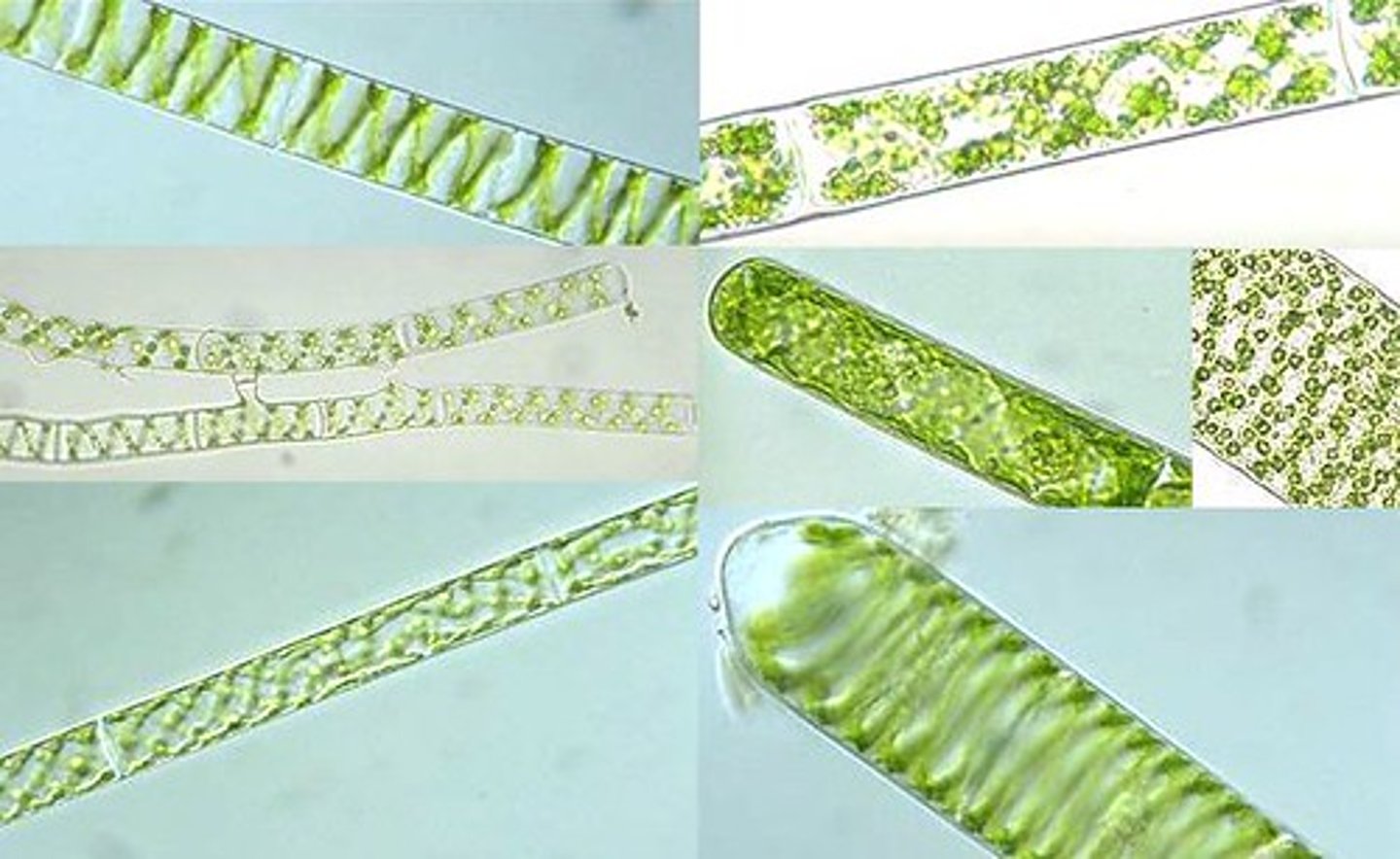
Plants
Main photosynthetic producers on land.
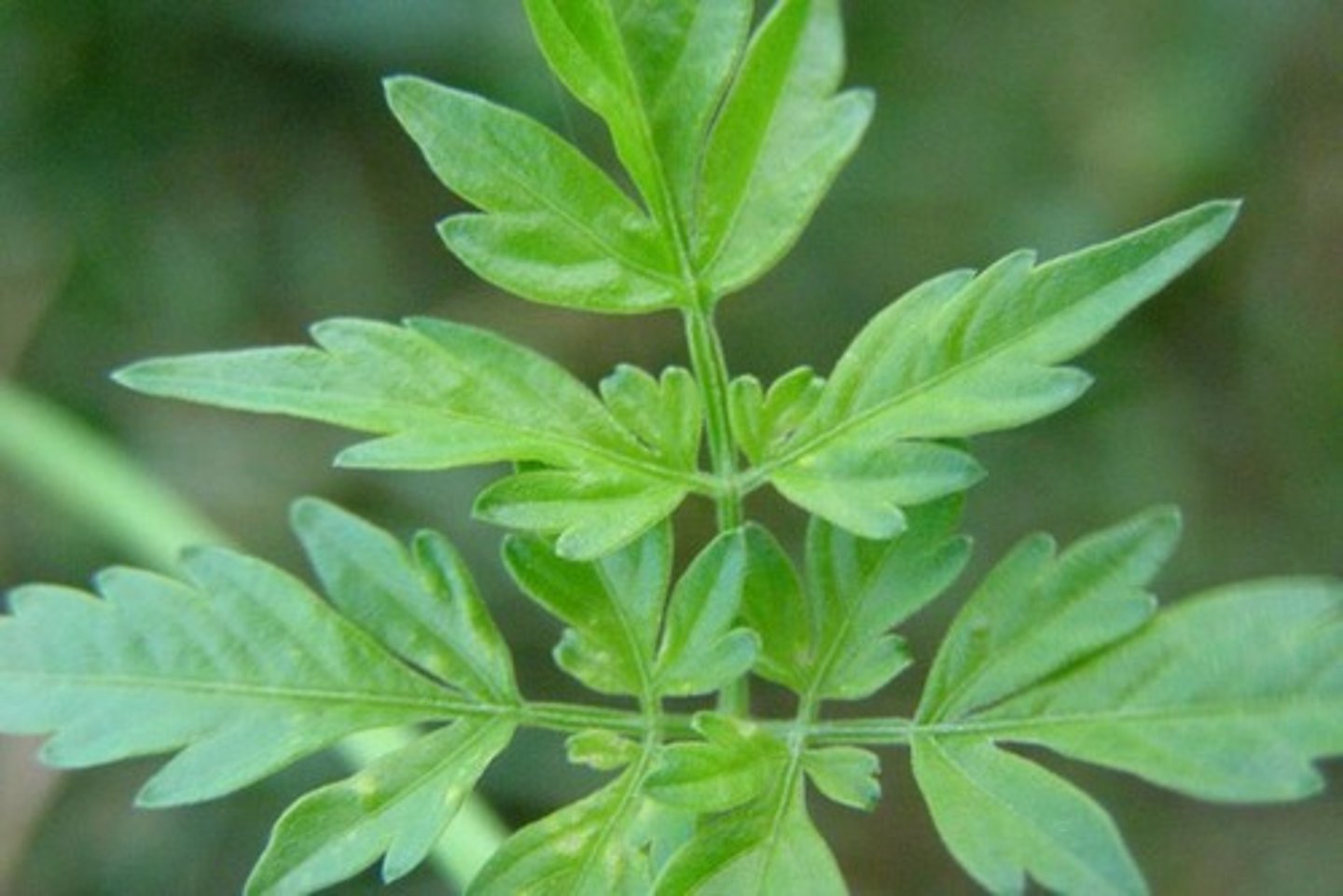
Photosynthetic Bacteria (like cyanobacteria)
Important primary producers in tidal flats and salt marshes.

Photosynthesis (chemical reaction)

Cellular Respiration (chemical reaction)

Chemosynthesis
The process in which chemotroph use chemical energy to produce carbohydrates.
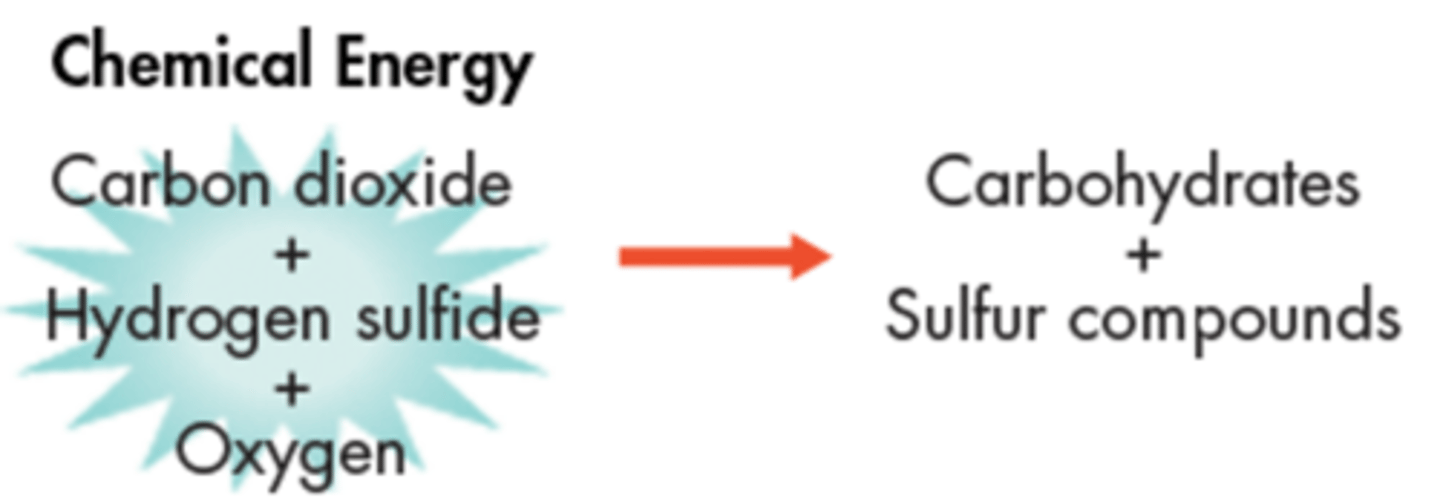
Detritus
Small pieces of dead and decaying plant and animal remains produced by decomposers.
Scavengers
Consumers that obtain energy by consuming the carcasses of other animals that have been killed by predators or have died of other causes. Examples include vultures, hyenas, and raccoons.
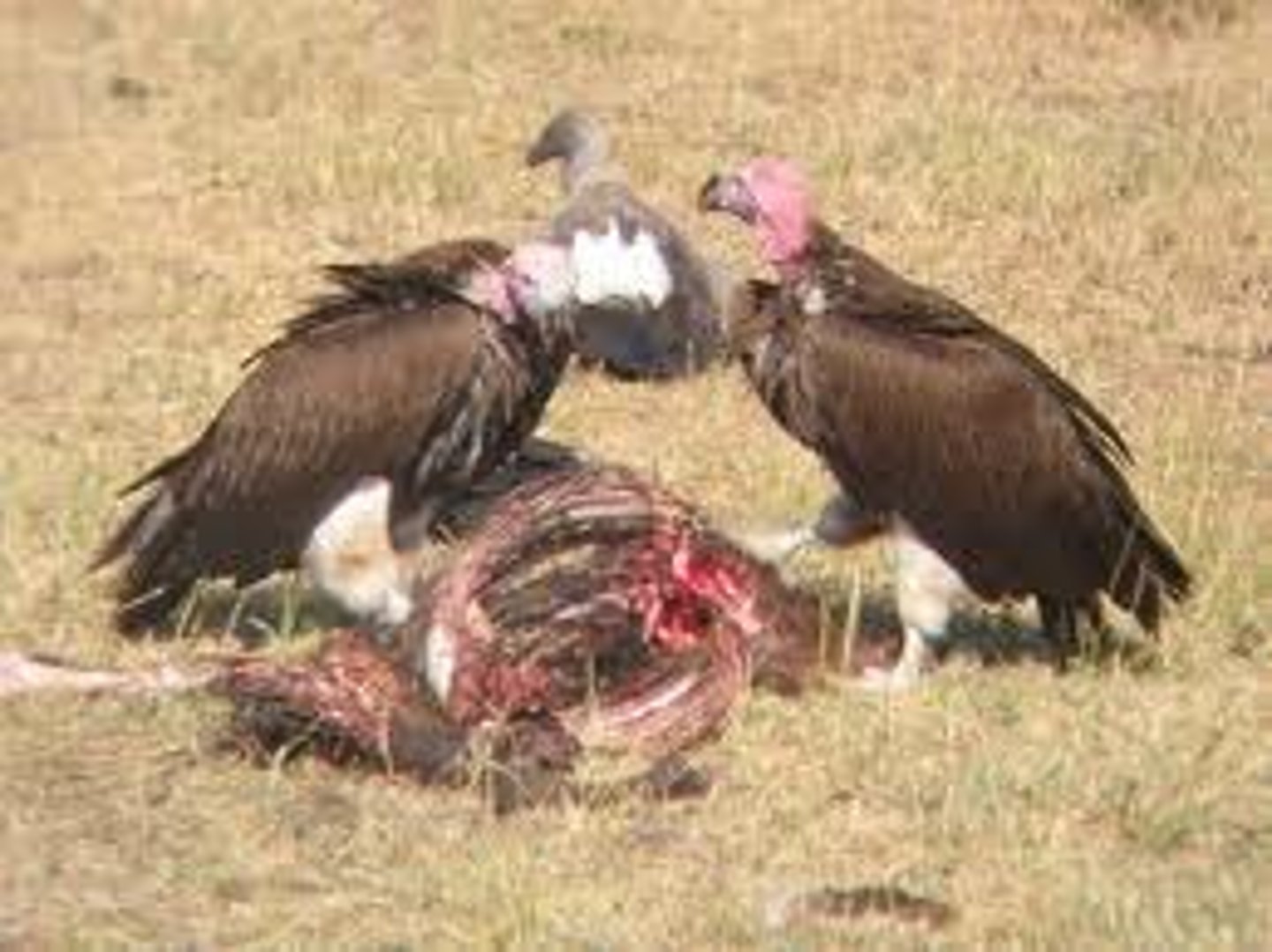
Pedator
Organism that preys upon or eats another organism.
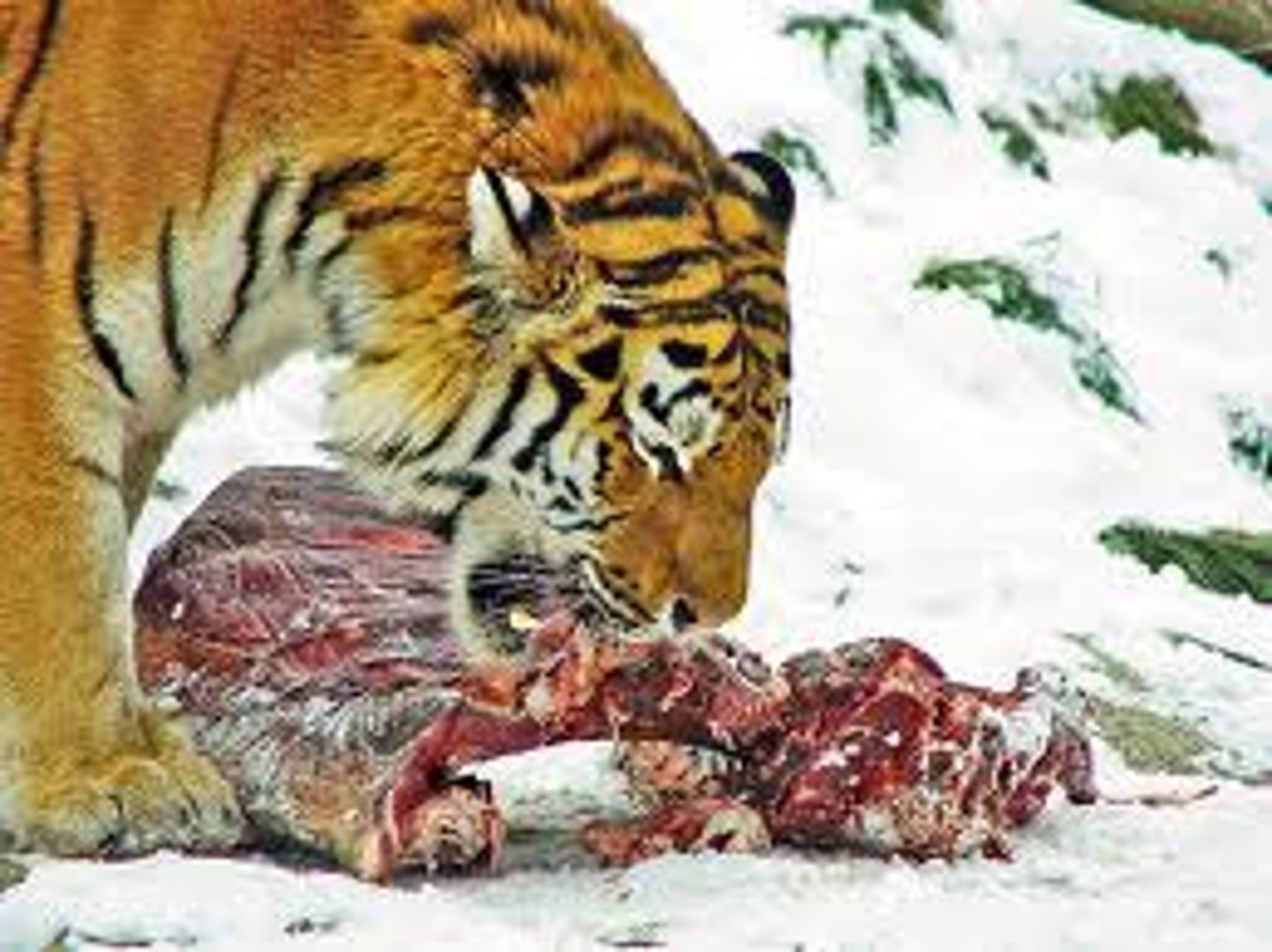
Prey
An organism that is killed and eaten by another organism. For example the the fox (the predator) is feeding on the squirrel (the prey).
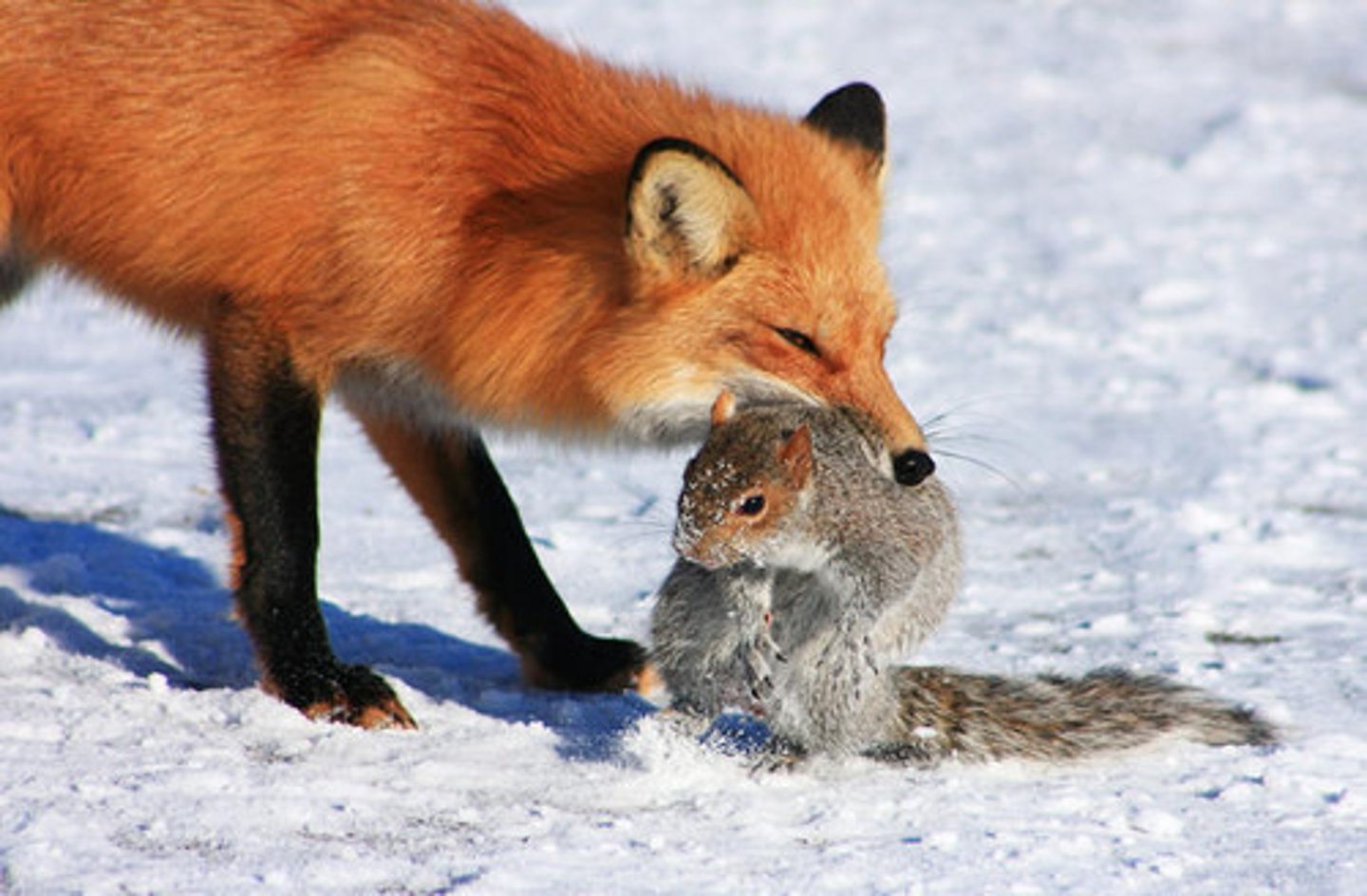
Pyramid of Biomass
A diagram that shows the relative amount of living organic matter at each trophic level. Typically, the greatest biomass is at the base of the pyramid, as is seen in the field ecosystem biomass pyramid.
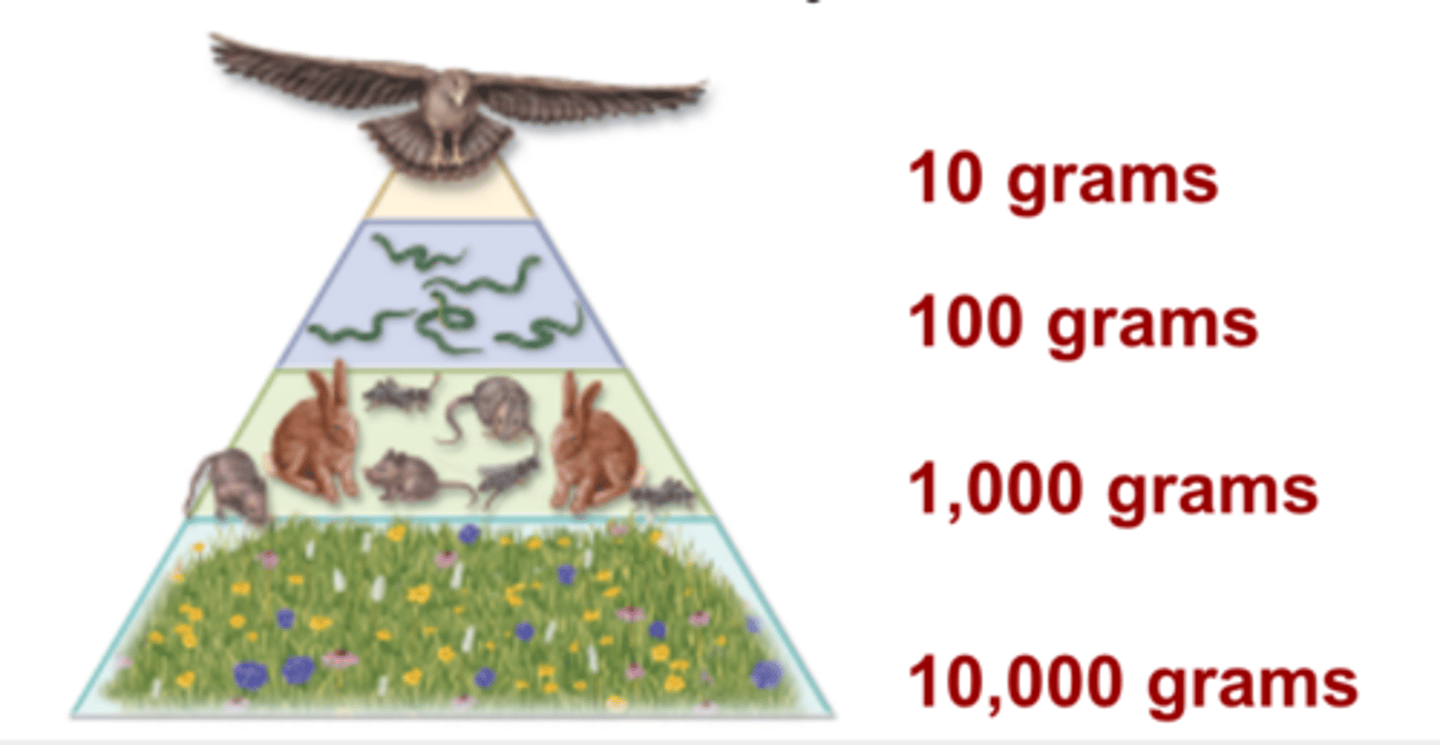
Algal beds and reefs
Tropical rain forests
Swamps and marshes
Ecosystems that have the greatest average annual net primary productivity.
Tropical rain forest
Continental shelf
Open ocean
Ecosystems that have the greatest percentage of global net primary productivity.
Biogeochemical cycle
Any of the various chemical cycles, which involve biological processes, geological processes, and chemical processes that allow essential elements to pass from one organism to another and among parts of the biosphere through closed loops.

Evaporation
...
The change of a substance from a liquid to a gas.
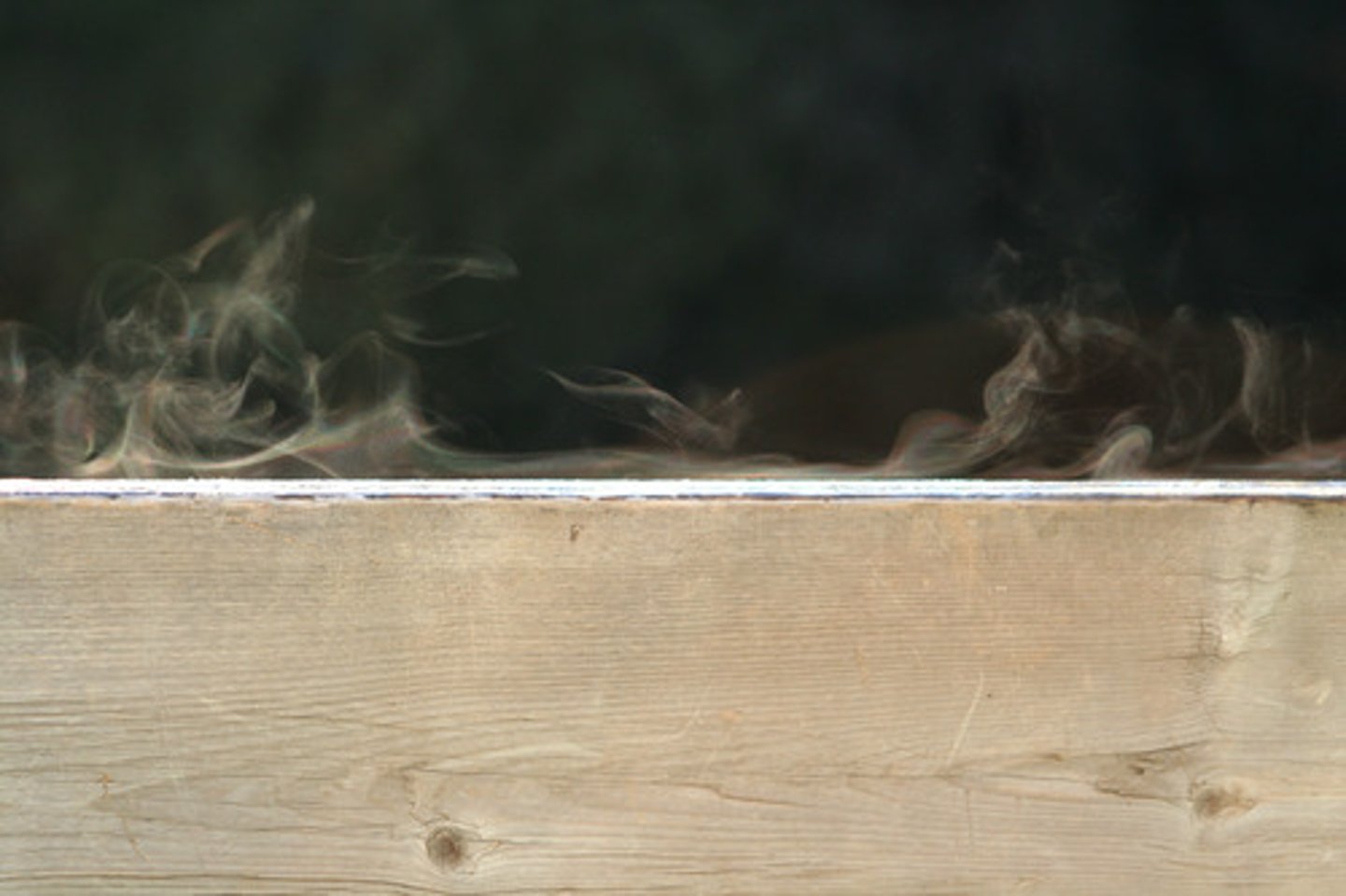
Transpiration
Evaporation of water from the leaves of a plant.
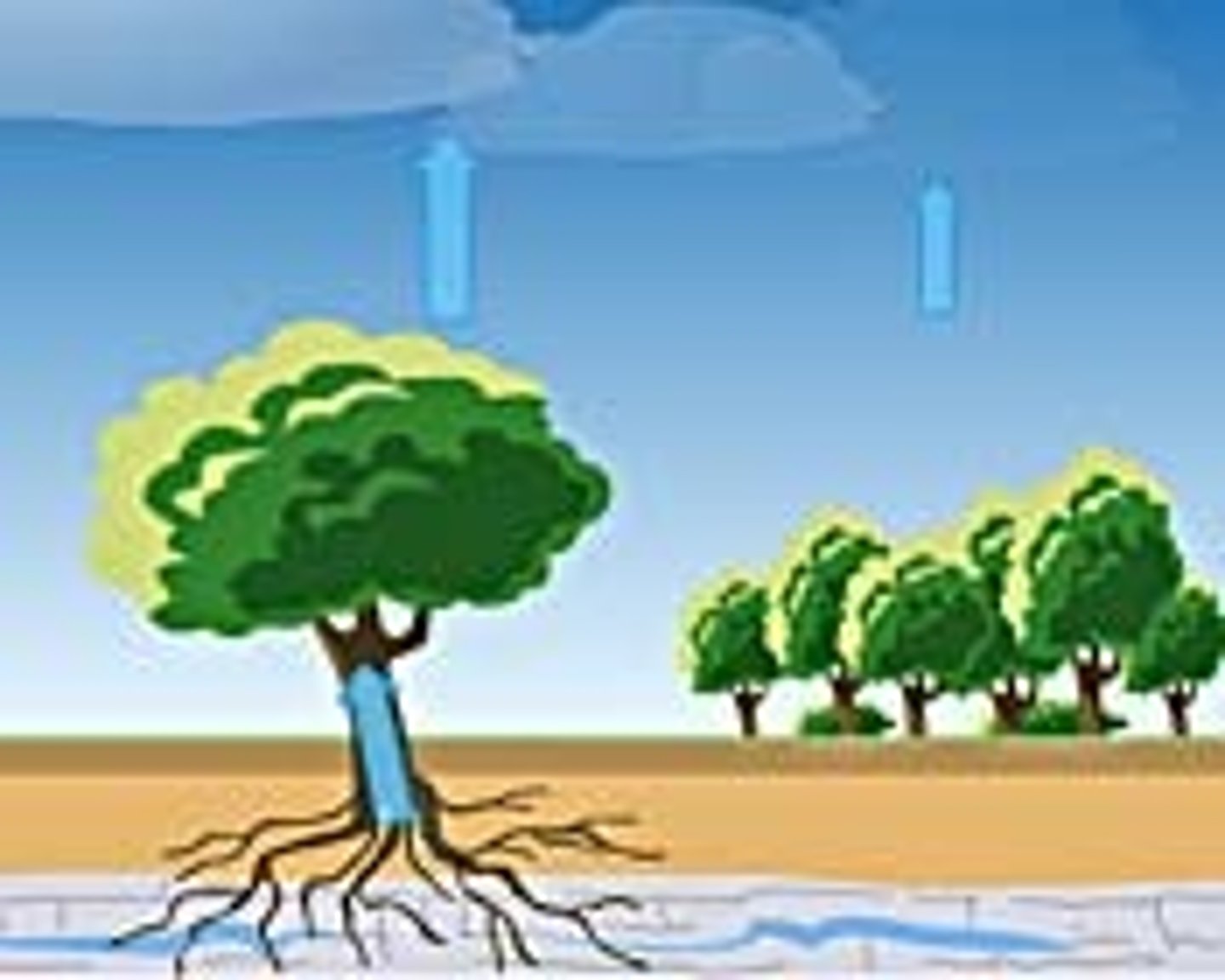
Nutrient
A substance that provides nourishment essential for growth and the maintenance of life (CHNOPS).
Nitrogen fixation
Process by which certain bacteria convert nitrogen gas (N2) to ammonia (NH3).
Denitrification
Process in which fixed nitrogen compounds are converted back into nitrogen gas and returned to the atmosphere.
Primary productivity
Amount of biomass that is created by primary producer
Limiting nutrient
A nutrient required for the growth of an organism but available in a lower quantity than other nutrients.
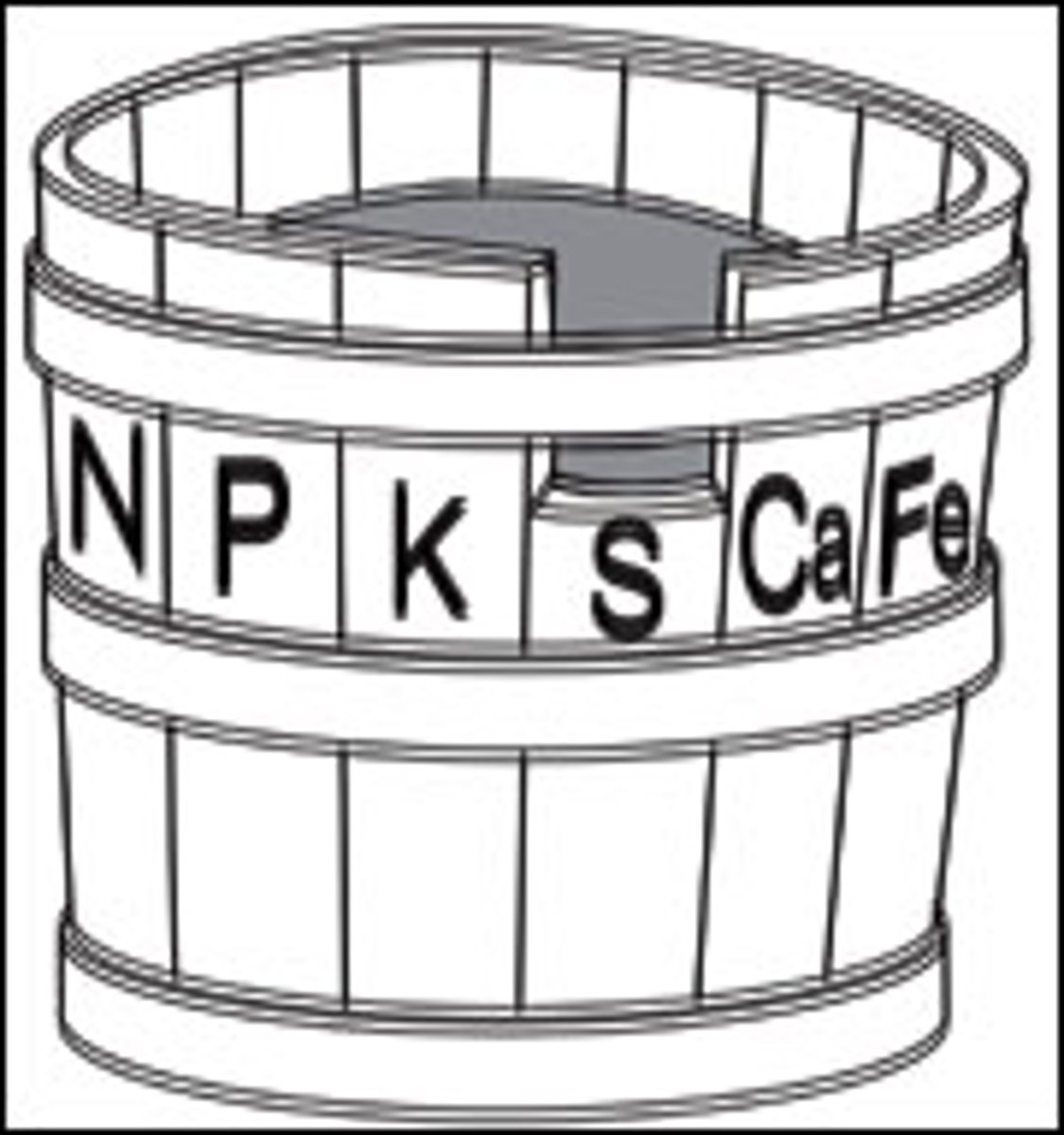
Algal bloom
An immediate increase in the amount of algae and other producers that results from a large input of a limiting nutrient
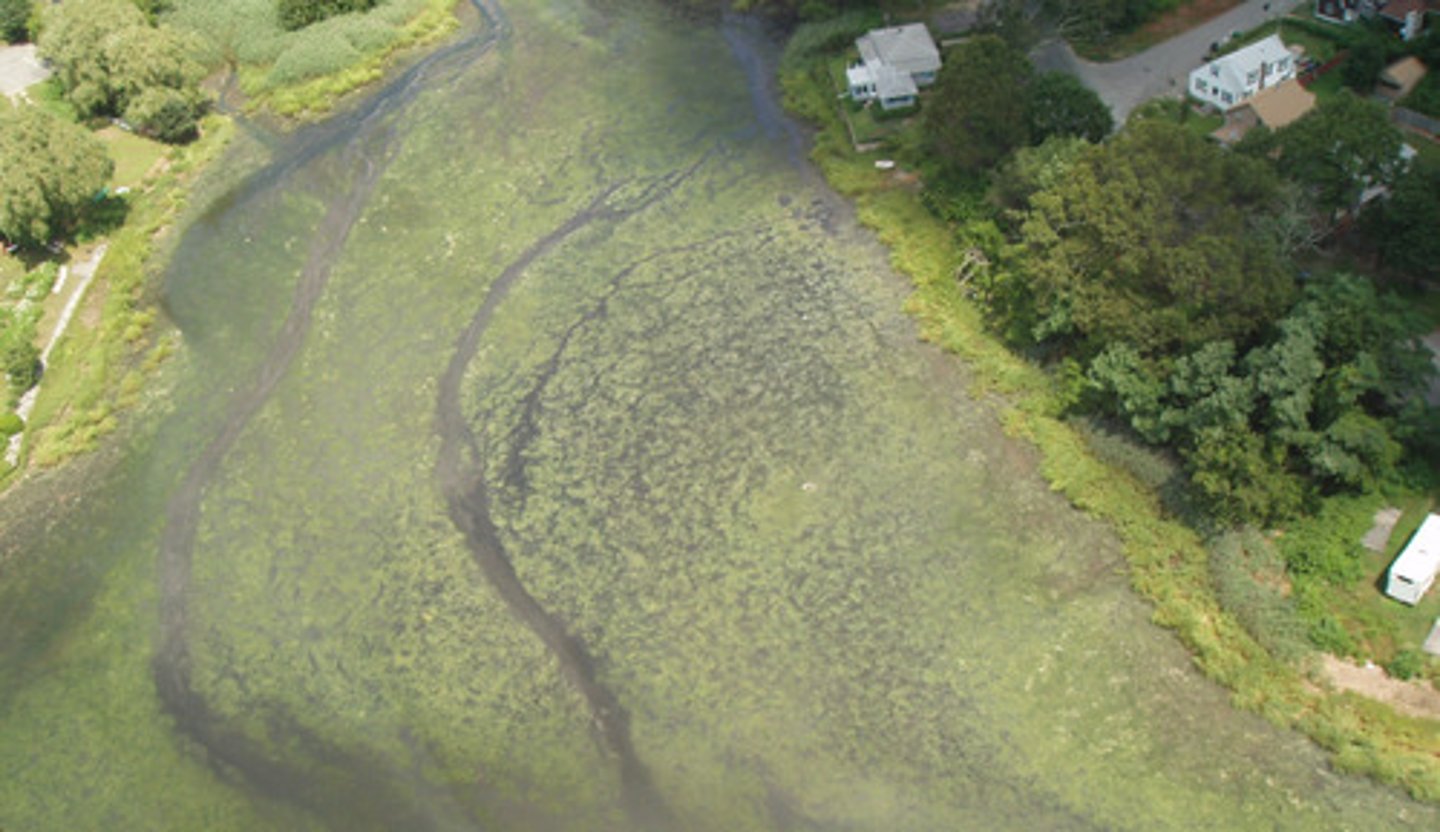
Essential elements
Six elements (CHNOPS) that combine to form the building blocks of all known organisms.

Biological processes
All activities performed by living organisms, including eating, breathing, "burning" food, and eliminating waste products.

Geological processes
Include volcanic eruptions, the formation and breakdown of rock, and major movements of matter within and below the surface of the earth.
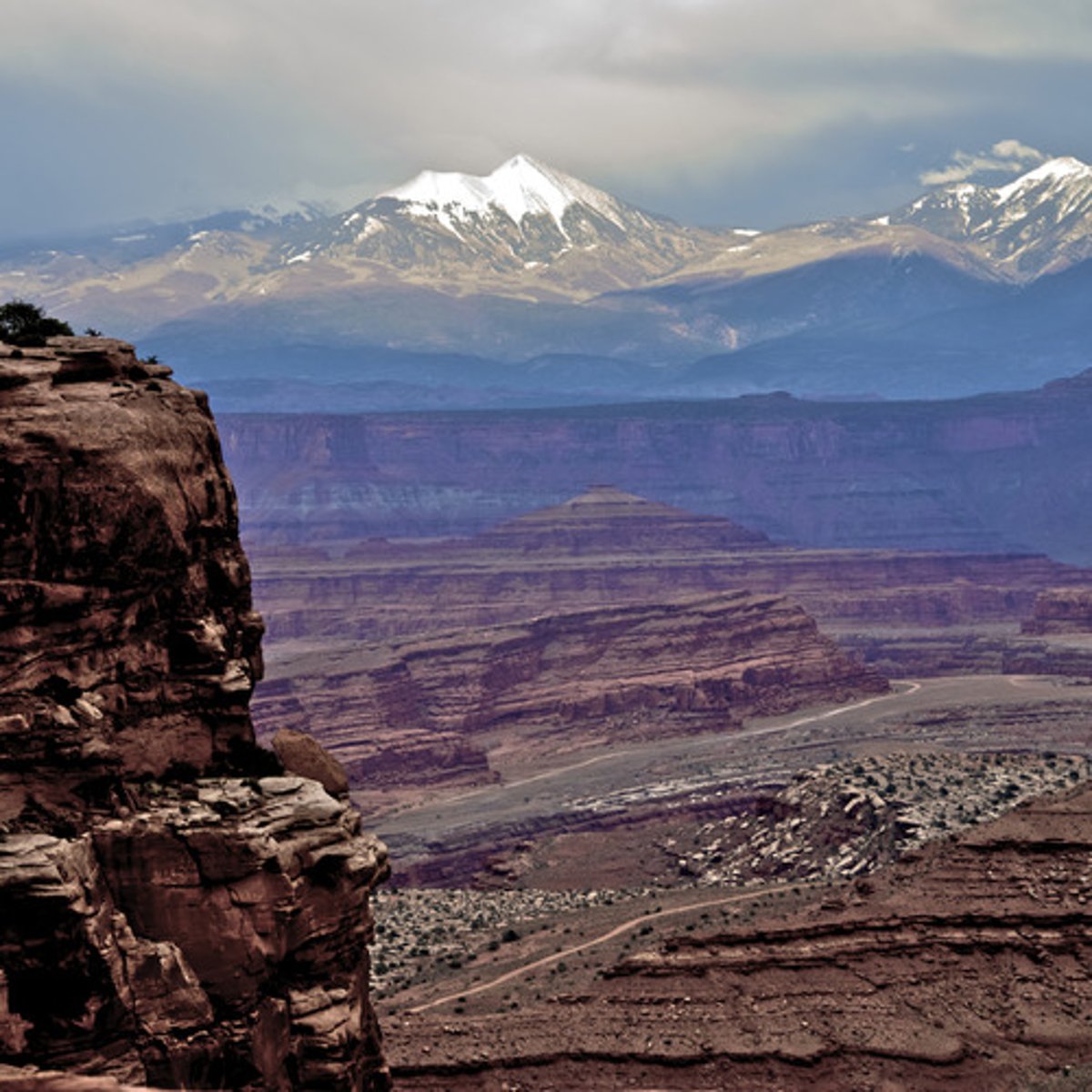
Chemical and physical processes
Include the formation of clouds and precipitation, the flow of running water, and the action of lightning.
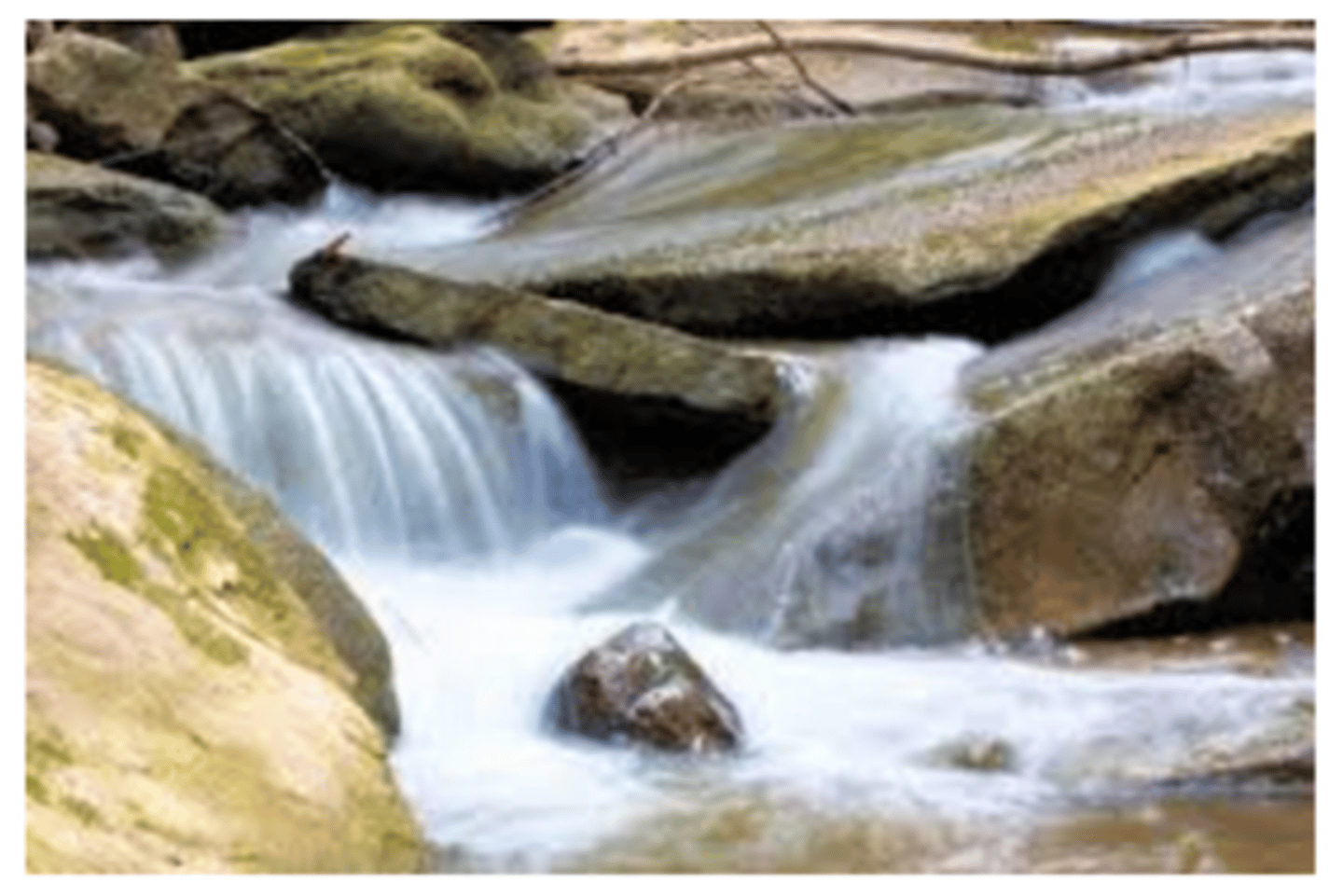
Human Activities Impacting Biogeochemical Cycles
Include the mining and burning of fossil fuels, the clearing of land for building and farming, the burning of forests, and the manufacture and use of fertilizers.

Lithosphere
The solid, outer layer of the Earth that consists of the the crust and the rigid upper part of the mantle. Includes rocks and sediment.
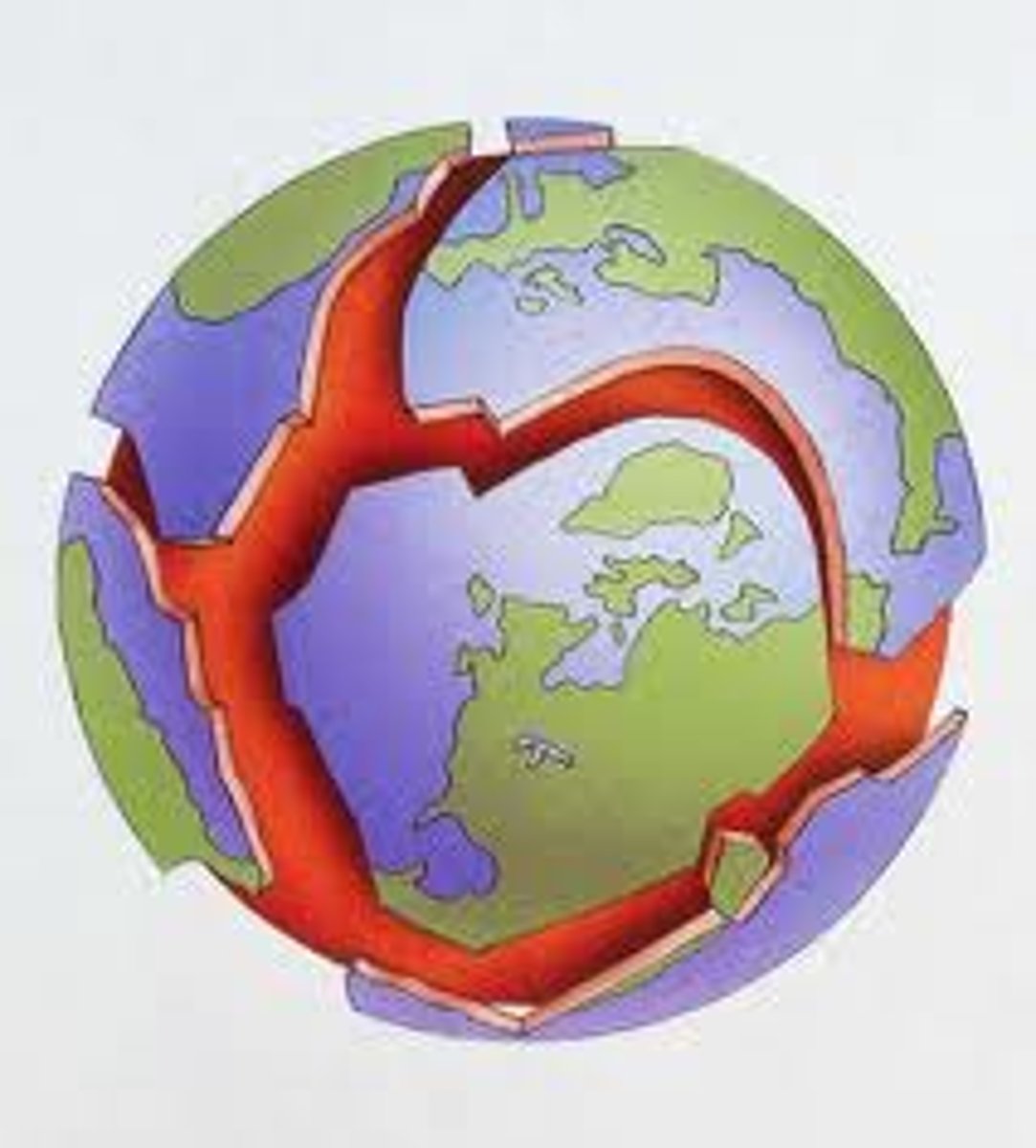
Atmosphere
Layers of different gases that surround the Earth that consists primarily of oxygen (O2), carbon dioxide (CO2) and nitrogen (N2).
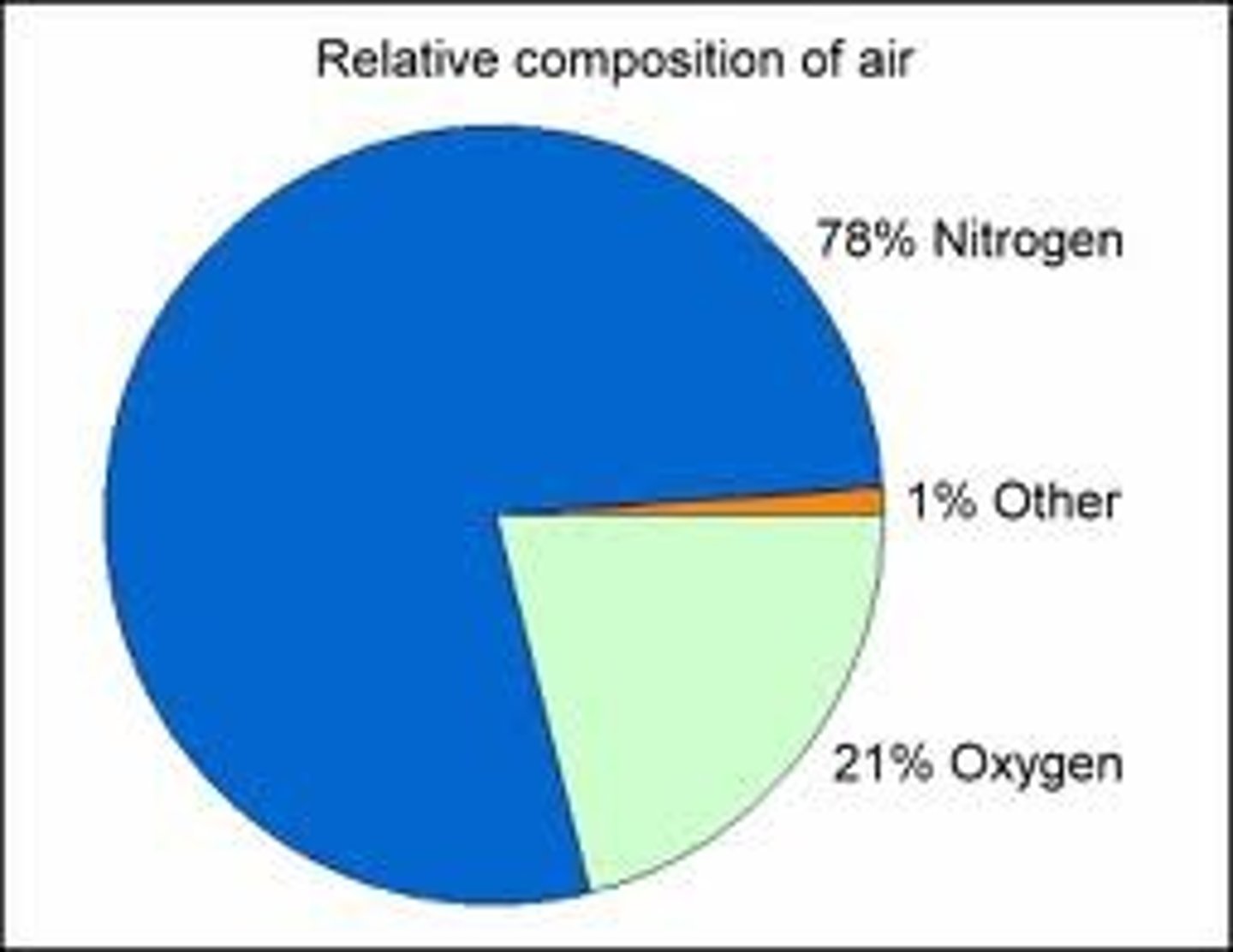
Hydrosphere
All the water at and near the surface of the earth, 97% of which is in oceans.

Condensation
Change in state from a gas to a liquid.

Precipitation
Any form of water that falls from clouds and reaches Earth's surface as rain, snow, sleet, or hail.
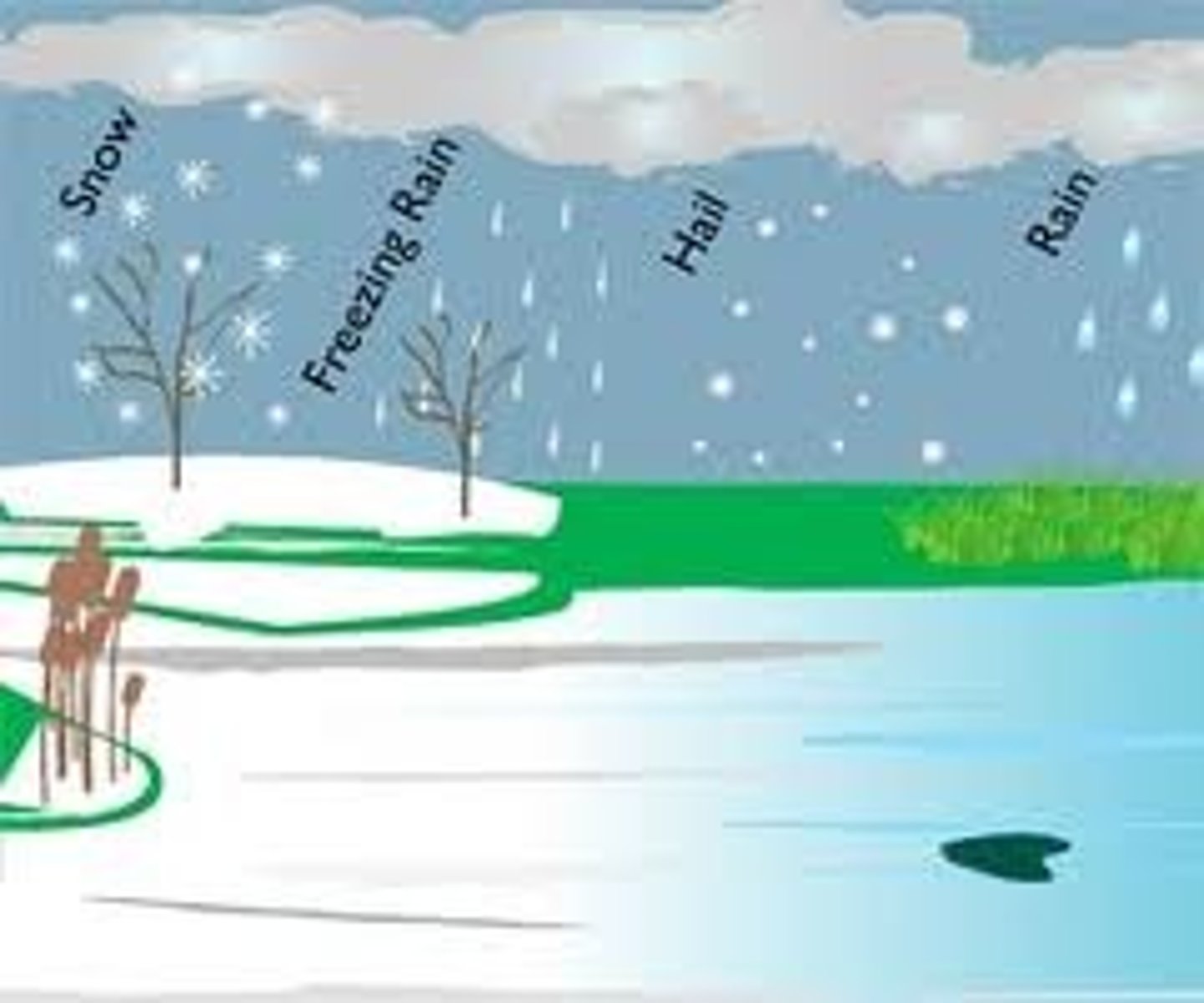
Runoff
Part of the water cycle where an excess of water runs down and does not sink into the soil and eventually makes it to the rivers, lakes, and oceans.
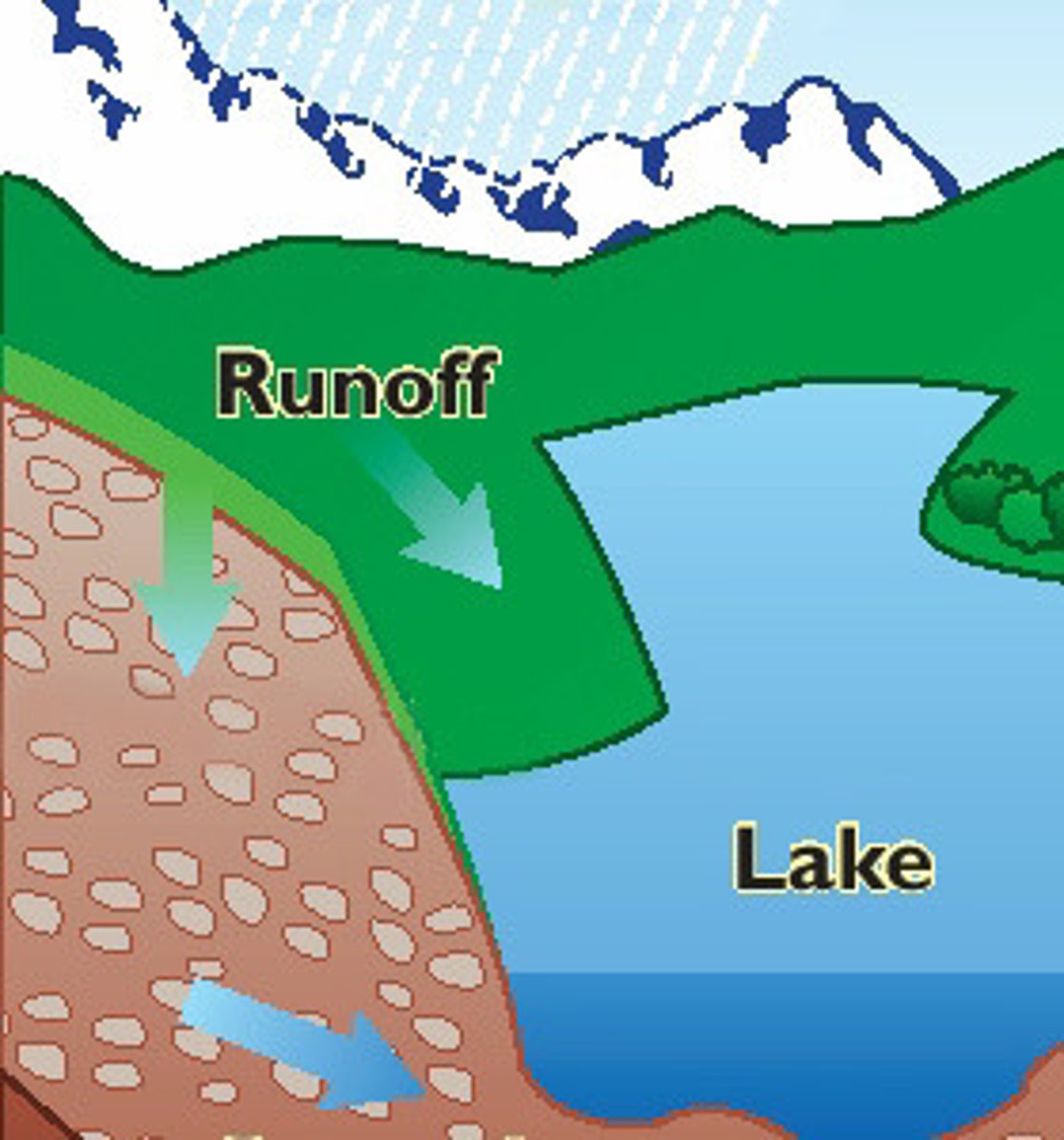
Infiltration
Process by which precipitation that has fallen on land surfaces enters the ground and becomes groundwater.

Groundwater
Water found in the spaces between soil particles and cracks in rocks underground (located in the saturation zone). Groundwater is a natural resource that is used for drinking, recreation, industry, and growing crops.
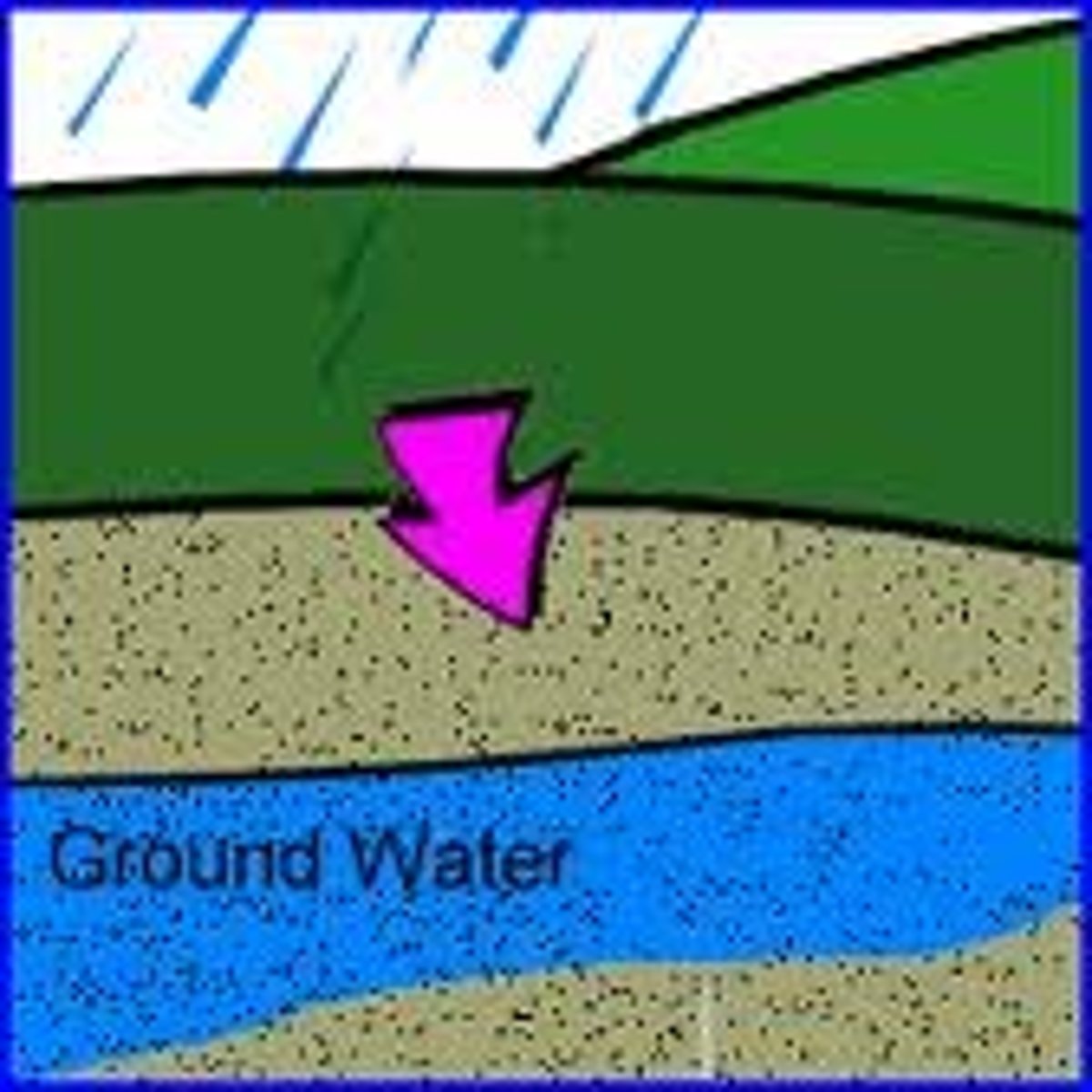
Carbon dioxide (CO2)
Colorless, odorless gas found in the atmosphere. Absorbed by plants during photosynthesis and released by all organisms into the atmosphere during cellular respiration. Also formed during the complete combustion of most matter including fossil fuels and biomass leads to additional carbon dioxide in the atmosphere that affects the climate.
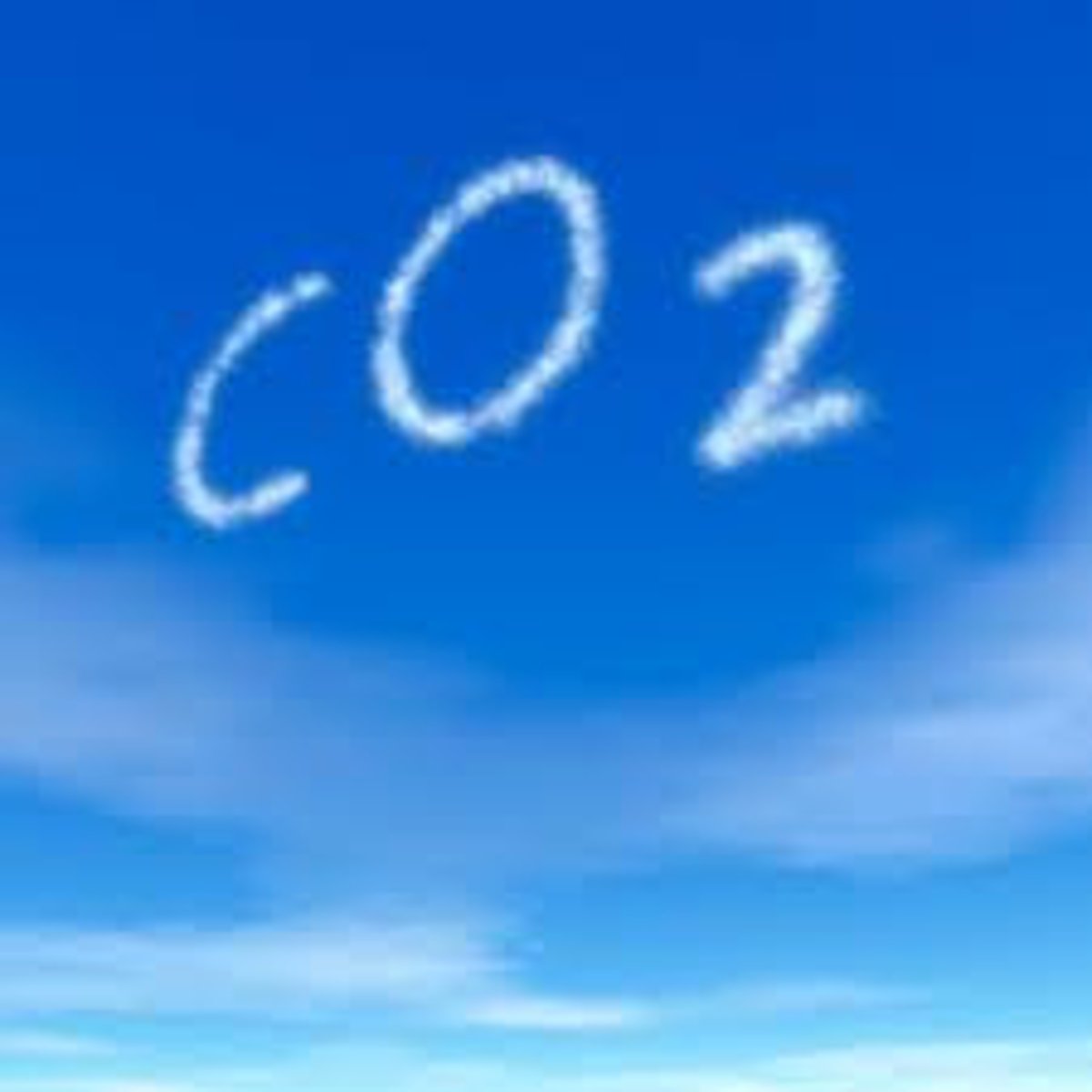
Photosynthesis
A process used by plants and other autotrophs to capture light and energy and use it to power chemical reactions that convert carbon dioxide and water into oxygen and energy-rich carbohydrates, such as sugars and starches.

Cellular Respiration
The process by which organisms combine glucose and oxygen to produce energy (ATP), carbon dioxide, and water.

Decomposition
The breakdown of dead organisms results in their conversion under pressure to coal and fossil fuels that store carbon underground and the return of ammonia (NH3) to the soil and N2 to the atmosphere.
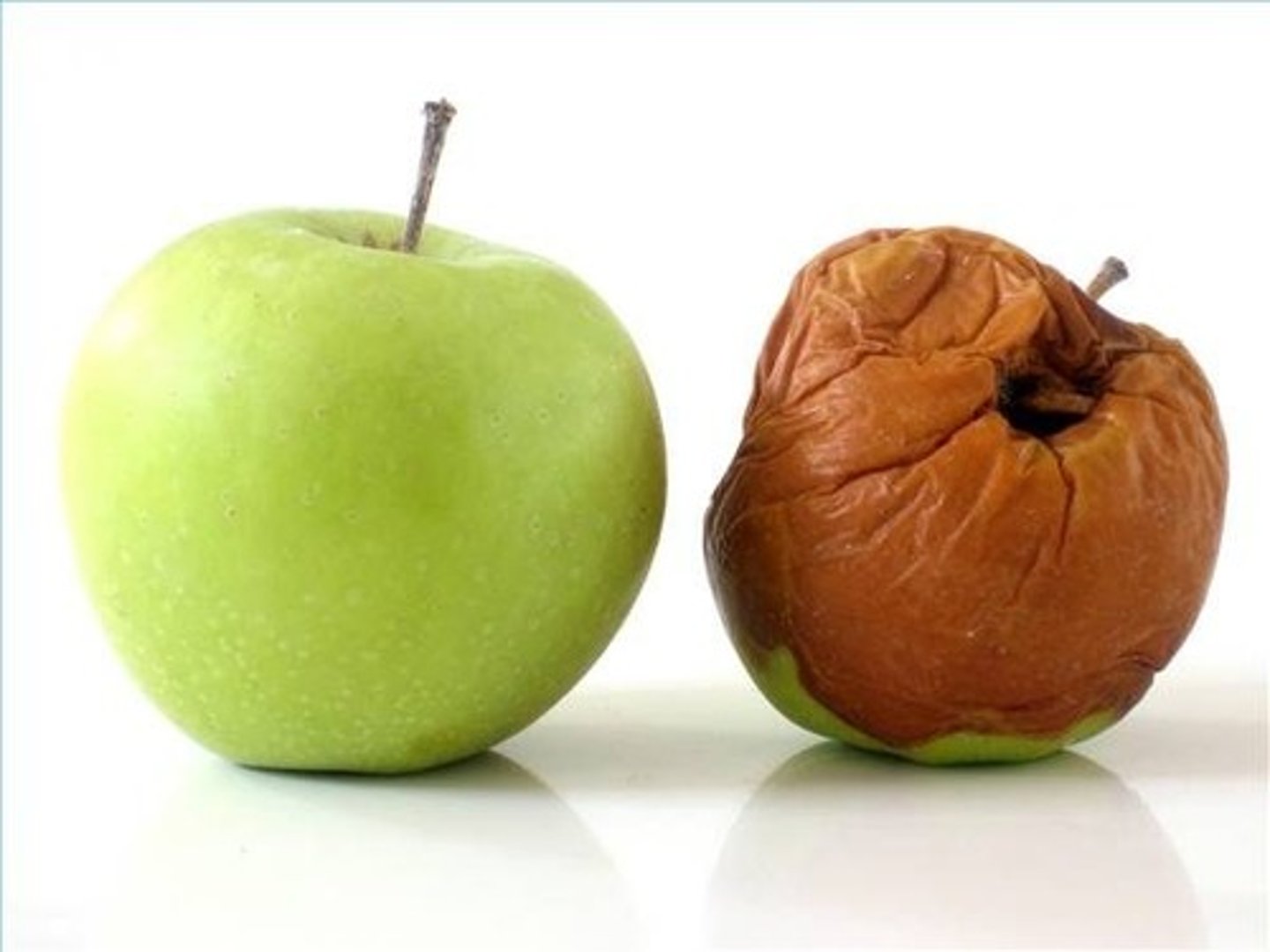
Carbon
A major component of all organic compounds, including carbohydrates, lipids, proteins, and nucleic acids.
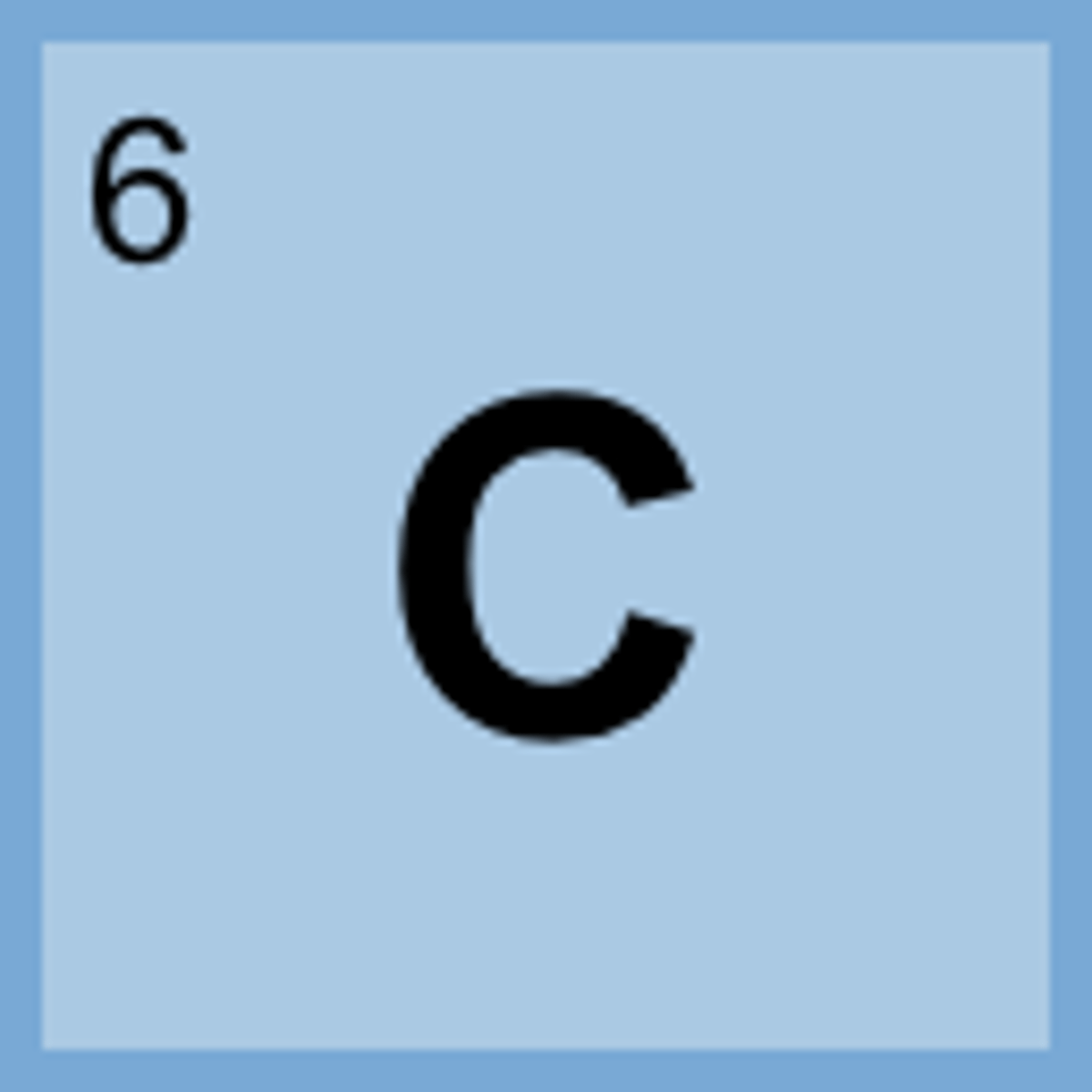
Water
Required by all living things to survive. Enter the atmosphere through evaporation and returns as precipitation.
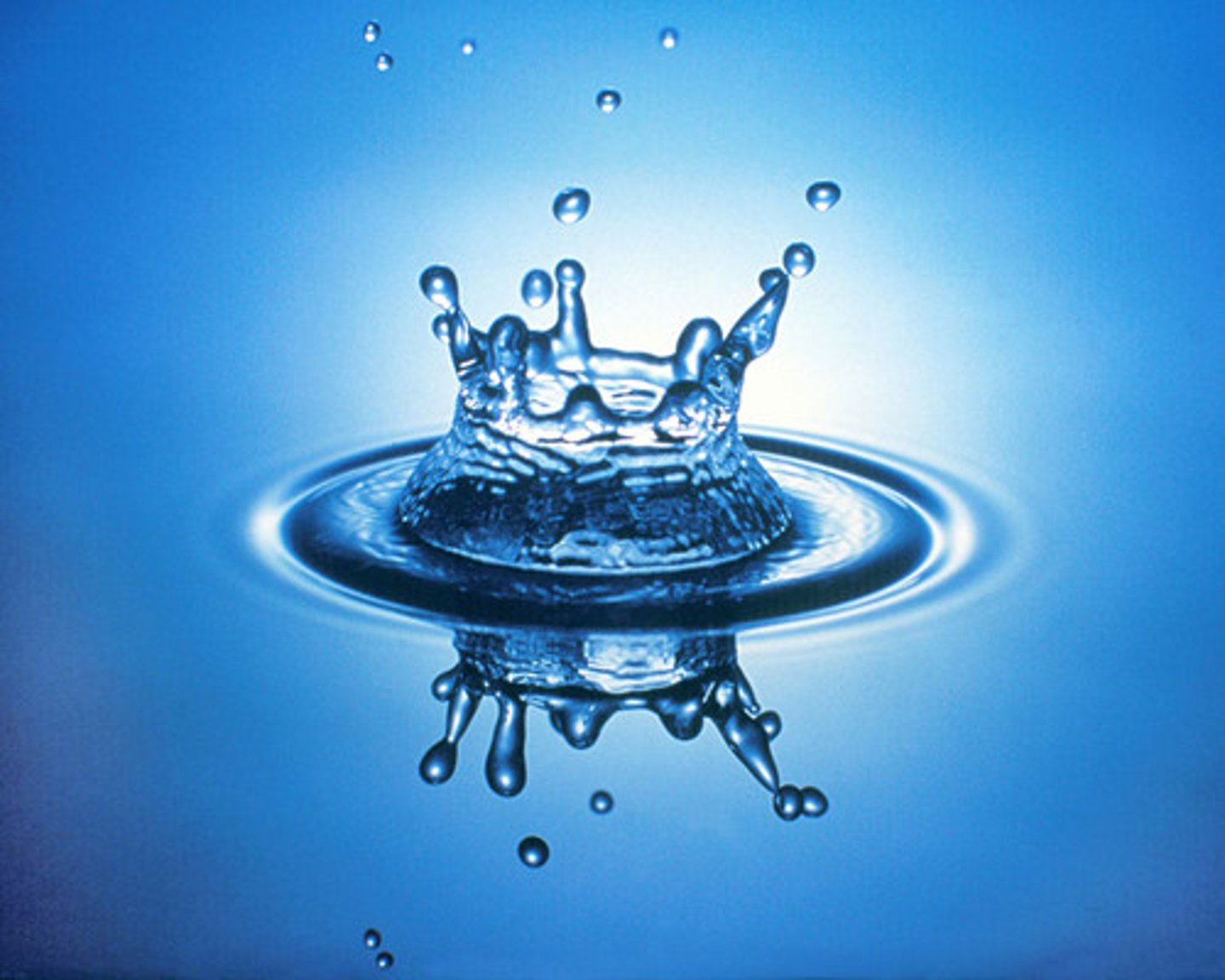
Erosion
The gradual wearing away of soil and rock by wind, glaciers, or water that returns carbon dioxide to the atmosphere and ocean.
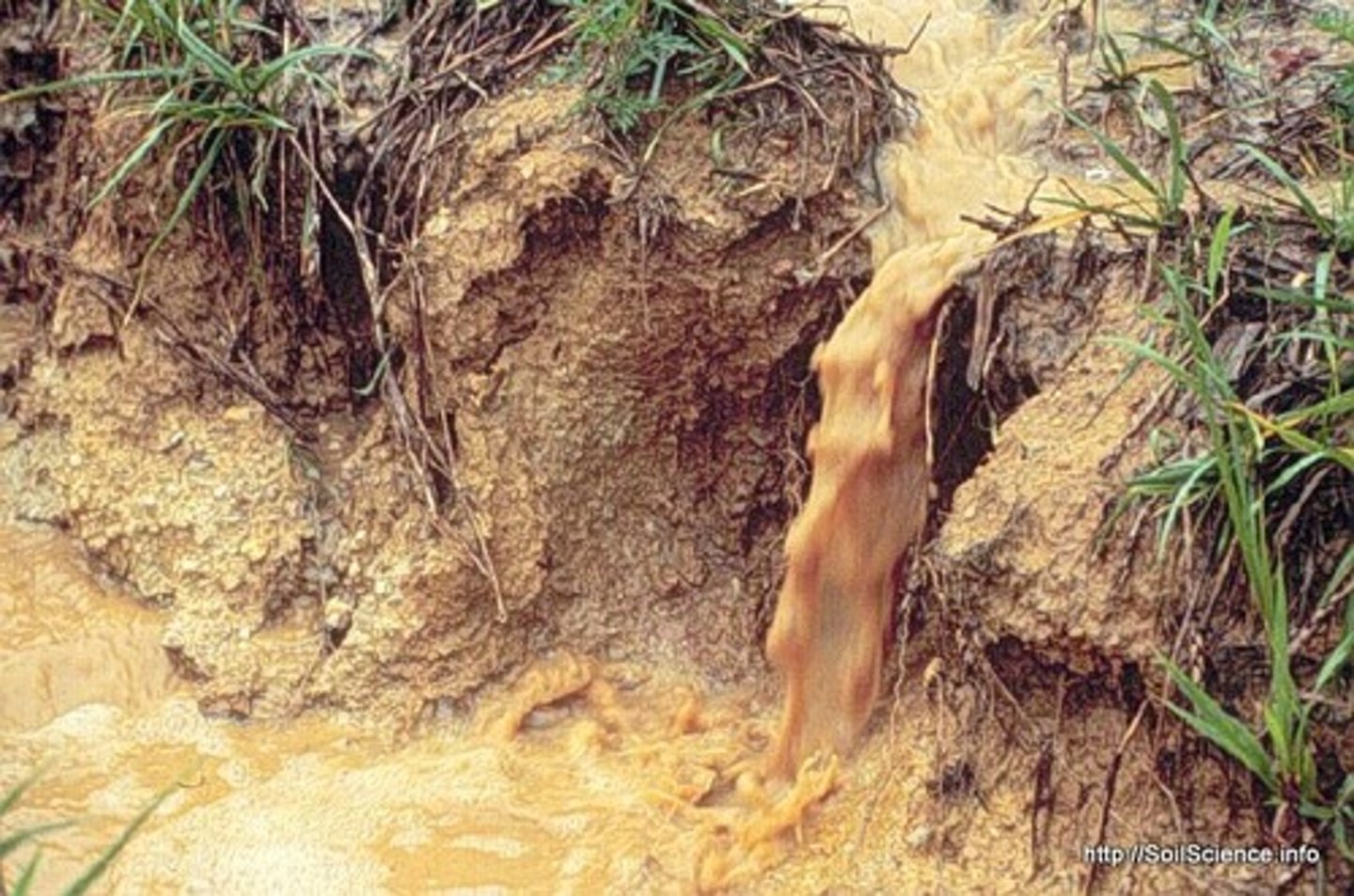
Volcanic activity
The eruptions of molten rock, ash or gases from a volcano that returns carbon dioxide to the atmosphere and ocean.

Deposition
Occurs when sediments are laid down on the ground or sink to the bottom of a body of water. This is the final stage of erosional process in which the movement of transported materials slows and they are dropped in another location
N2
Most abundant form of gas found in Earth's atmosphere, only certain types of bacteria that live in the soil and on the roots of plants called legumes can use this form directly.
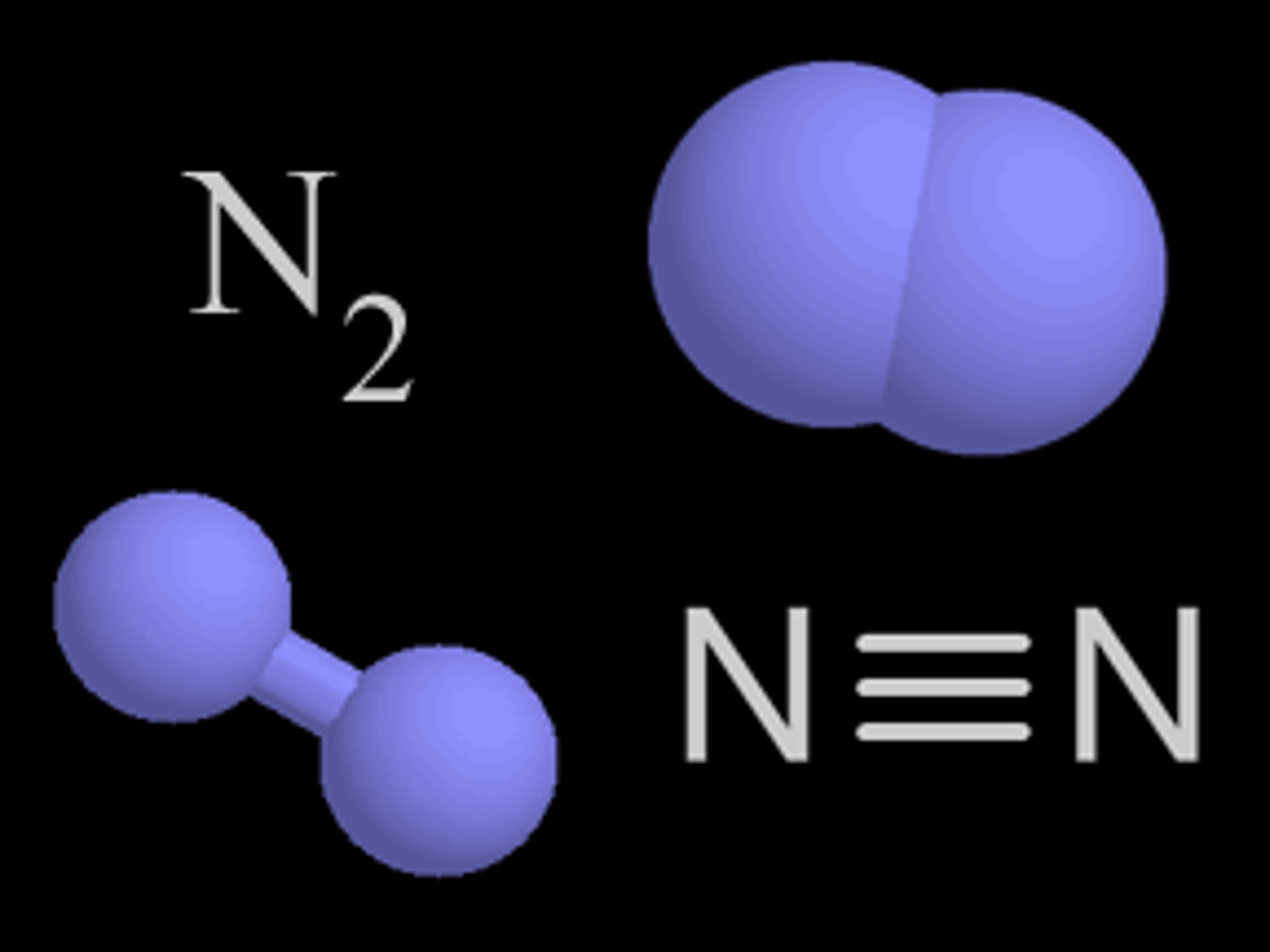
Ammonia
NH3 is returned to the soil by decomposers and can then be taken up by plants to make proteins and nucleic acids. However, ammonia is more difficult for plants to absorb than nitrates so in many cases ammonia is converted to nitrates by nitrifying bacteria and then absorbed by plants.
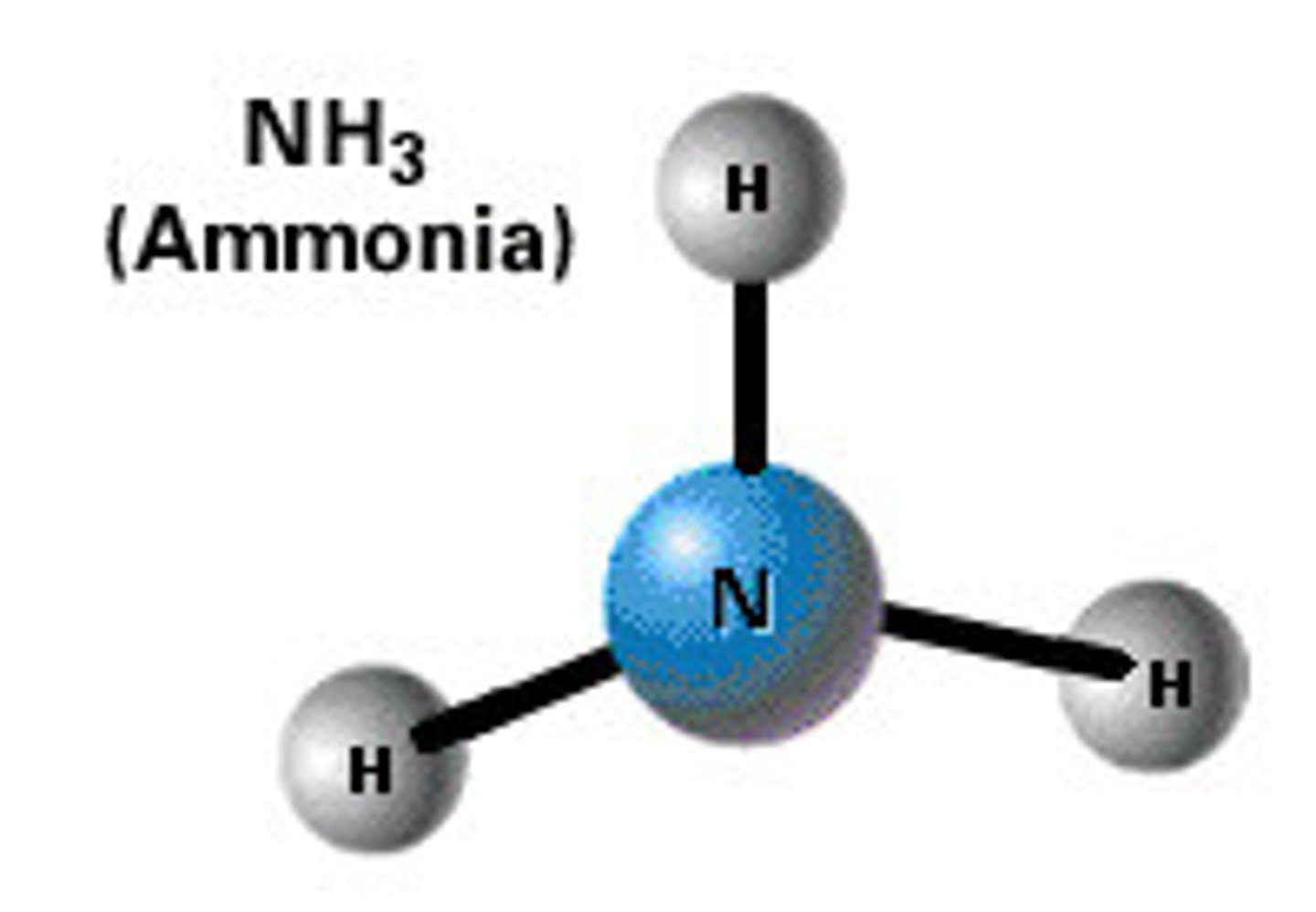
Nitrate ion
NO3- can most easily be used by producers to make proteins and nucleic acids.
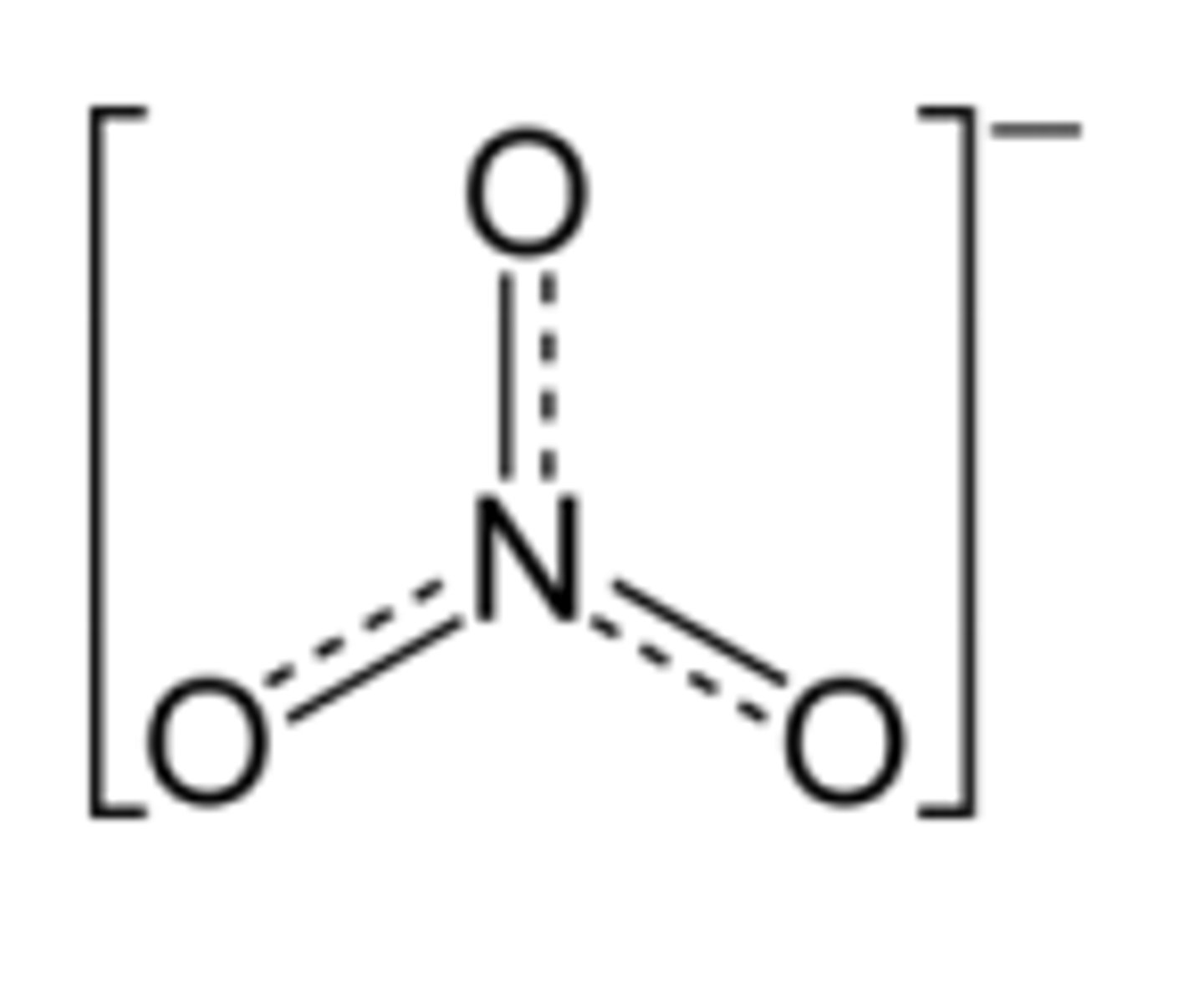
Nitrite ion
NO2- can be used by producers to make proteins and nucleic acids.
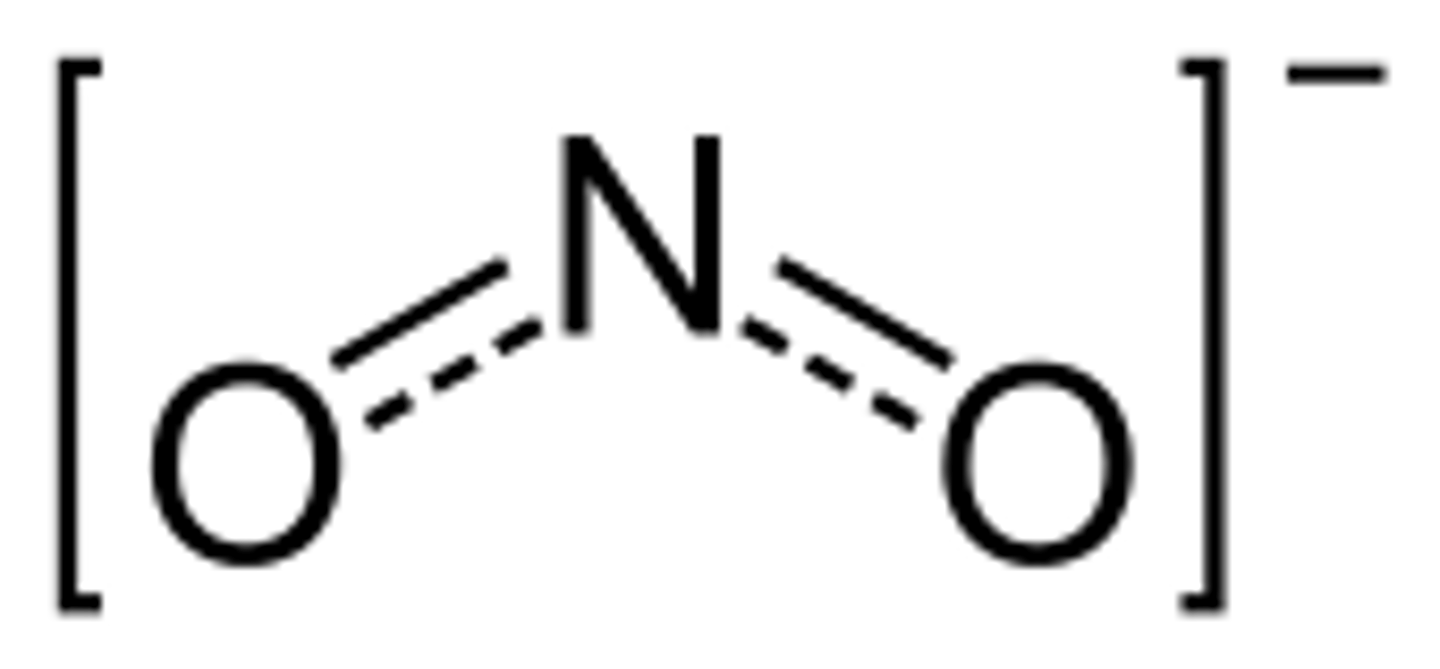
Nitrogen
Essential element required by all living organisms to make proteins and nucleic acids. Found in the forms of nitrogen (N2) in the atmosphere, ammonia (NH3) as wastes, and nitrates (NO3-) and nitrites (NO2-) in the soil and water.
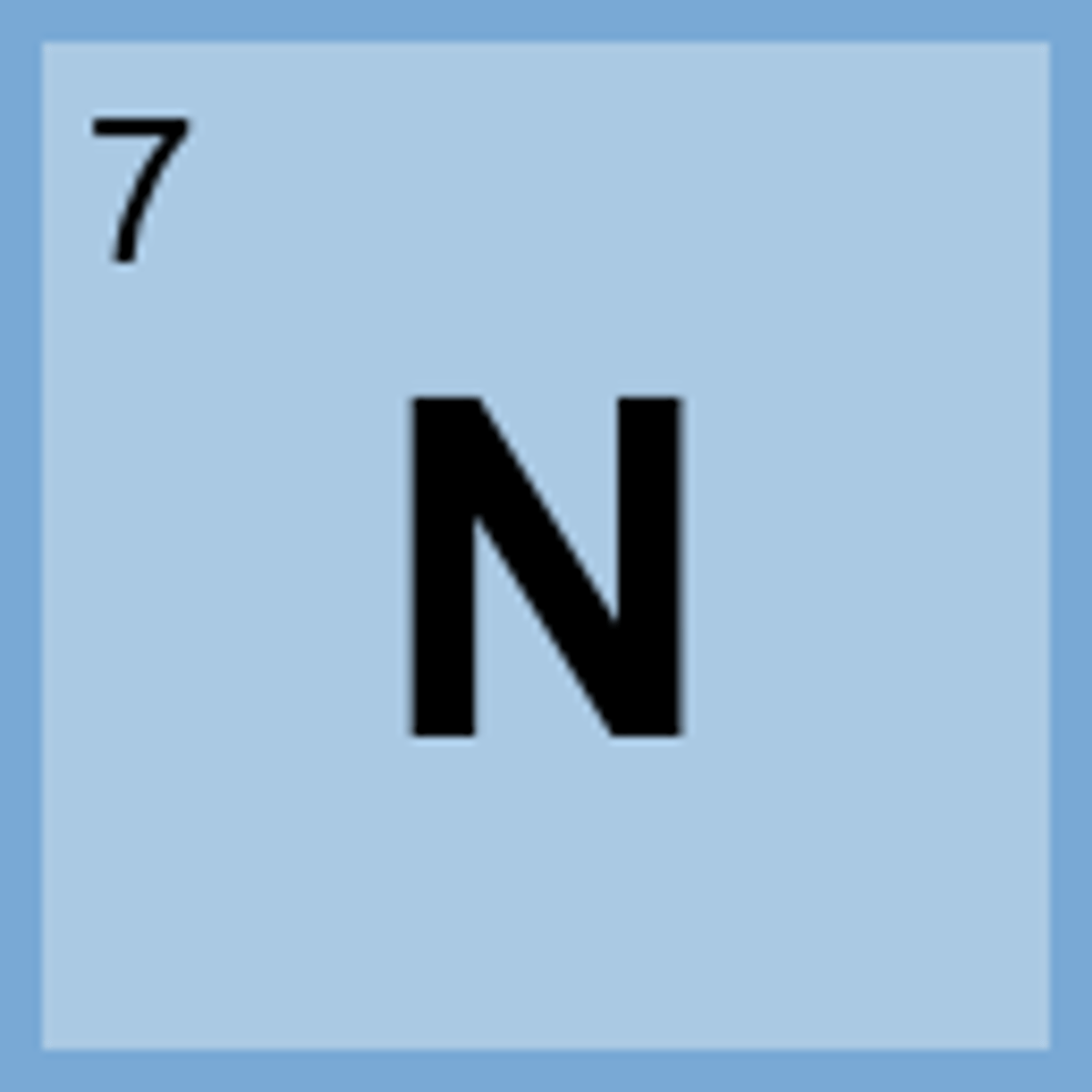
Bacterial nitrogen fixation
Process by which certain bacteria convert nitrogen gas (N2) to ammonia (NH3).
Soil bacteria
Convert ammonia (NH3) into nitrites (NO2-) and eventually nitrates (NO3-).
Atmospheric lightning nitrogen fixation
A process in which nitrogen (N2) in the atmosphere is converted into forms utilizable by living organisms: ammonia (NH3) or nitrate (NO3-) when lightning strikes the nitrogen molecules found in the atmosphere (N2).
Industrial nitrogen fixation
A process in which atmospheric nitrogen (N2) is converted into fertilizer that contains ammonia (NH3) that can applied to the soil to help plants grow.
Excretion
Waste products produced by organisms contain ammonia (NH3) which is returned to the environment when wastes are produced.
Phosphorus
An essential element that is needed by organisms to make nucleic acids, including DNA, RNA and ATP.
Inorganic phosphate (PO4-3)
A common form of phosphorus released into the soil and water as sediments wear down.
Micronutrients
Nutrients found in small amounts like calcium, magnesium, sulfur, iron, and manganese that are required by living things.
Limiting nutrient
A single nutrient that either is scarce or cycles very slowly, limiting the growth of organisms in an ecosystem. In the ocean and other saltwater environments, nitrogen is often the limiting nutrient. In streams, lakes, and freshwater environments, phosphorus is typically the limiting nutrient.
Algal bloom
Excessive growth of algae in bodies of water because of high levels of nutrients, usually from fertilizer in runoff.
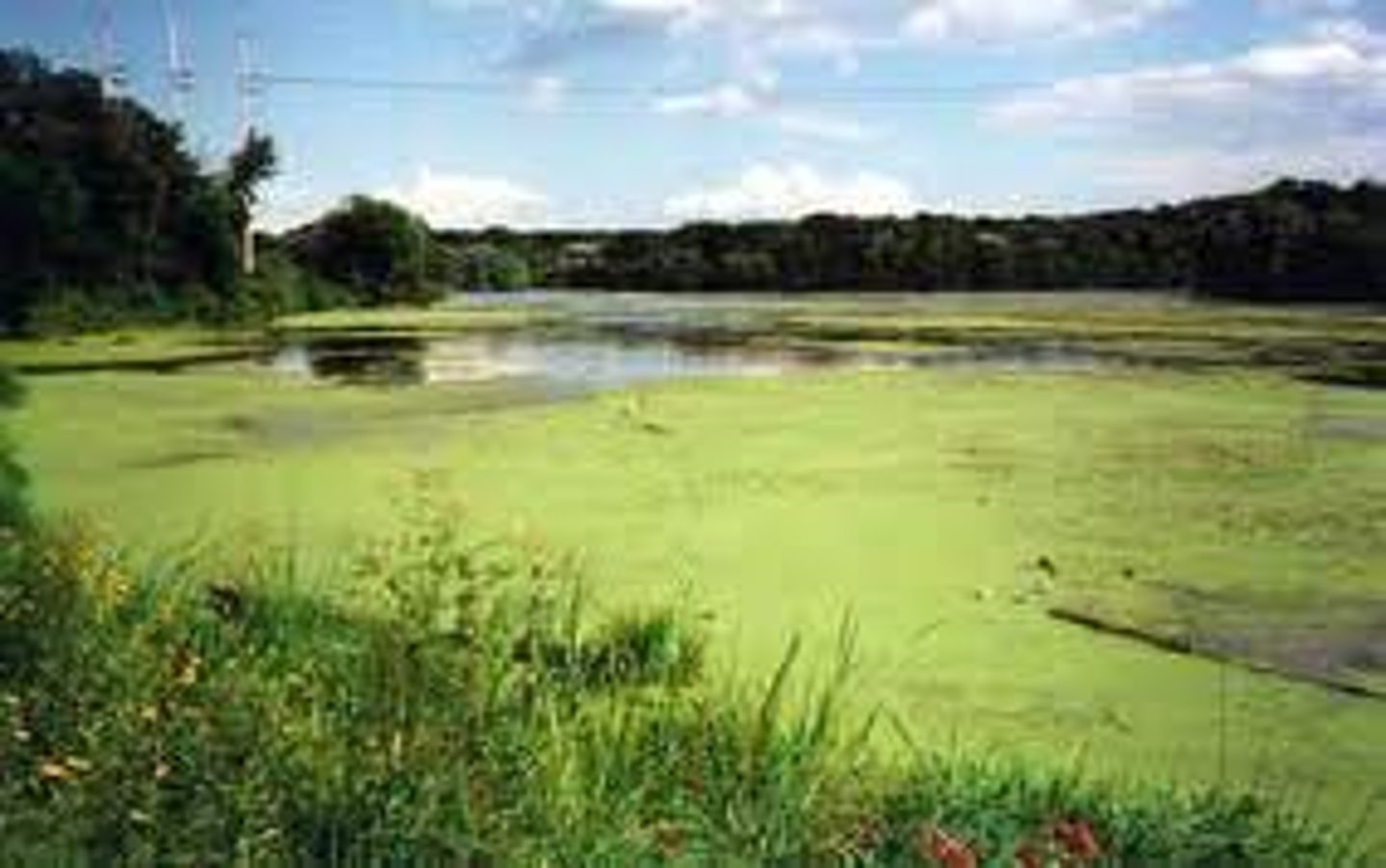
Use of fertilizers, planting more legumes and burning fossil fuels.
Human activities that speed up the rate of nitrogen fixation resulting in acid rain, mineral deficiencies in the soil and algal bloom (water pollution).
Use of detergents and fertilizers and an increase in the number of livestock eliminating wastes.
Human activities that accelerate the phosphorus cycle which can lead to algal bloom and damage to mines.
Assimilation
The process by which producers absorb the nitrates and/or ammonia and use them to make proteins and nucleic acids.
Denitrification
The process by which bacteria convert nitrates (NO3-) back into nitrogen gas (N2) that is released back into the atmosphere.
Nitrification
The process in which soil bacteria convert ammonia (NH3) into first nitrites (NO2-) and then nitrates (NO3-) which is a form of nitrogen most easily used by plants.
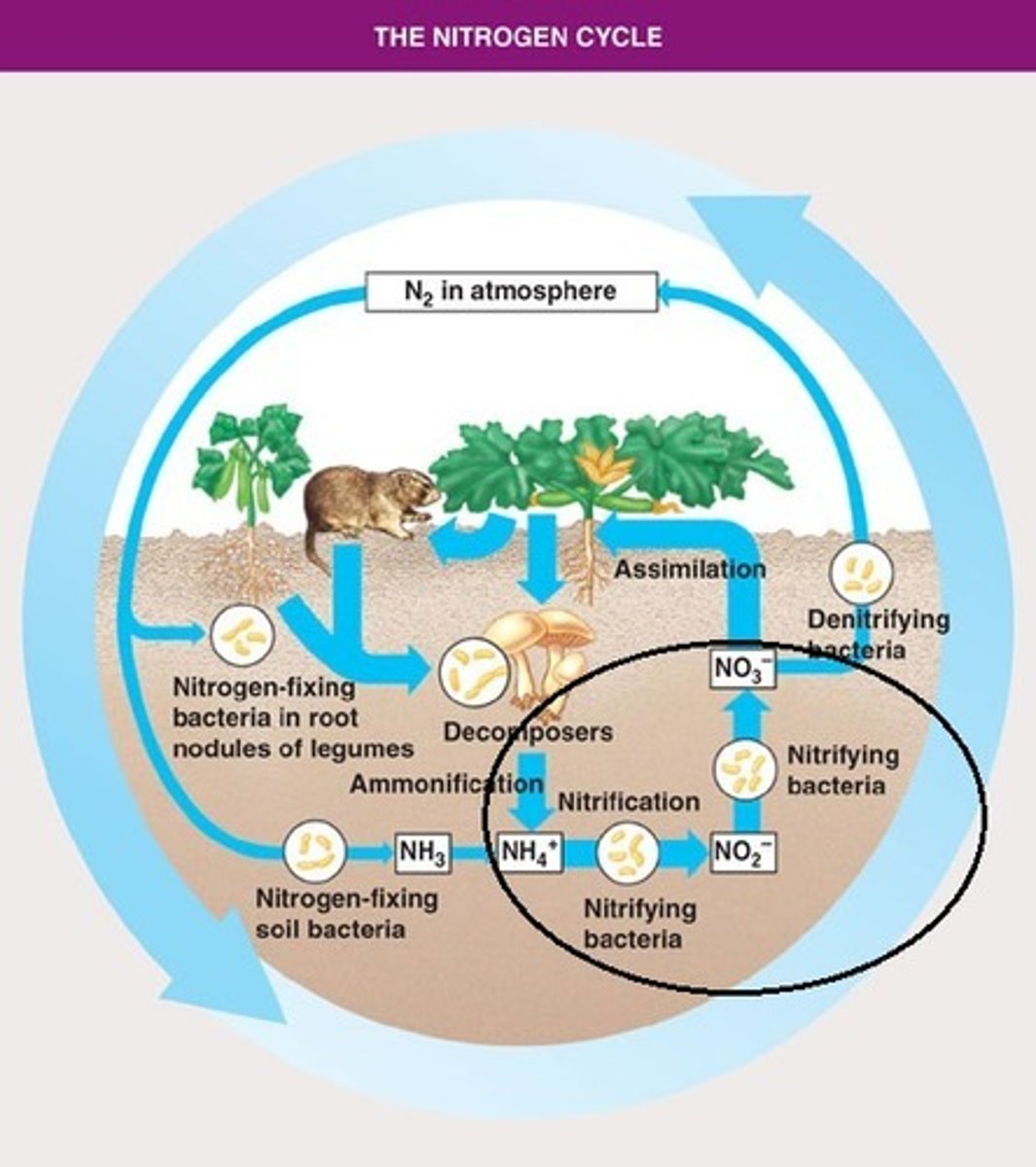
Ammonification
The process in which decomposers (bacteria/fungi) convert the nitrogen compounds found within dead organisms into ammonia (NH3) that can then be used by the producers.
Nitrifying bacteria
Bacteria that convert ammonia (NH3) into nitrates (NO3-) and nitrites (NO2-).
Denitrifying bacteria
Bacteria that convert the nitrates (NO3-) and nitrites (NO2-) found in soil or water to gaseous nitrogen (N2) and release it back into the atmosphere.
Rhizobium
A symbiotic bacterium that lives in the nodules on roots of specific legumes and that incorporates nitrogen gas (N2) from the air into ammonia (NH3), a form of nitrogen the plant can use.
